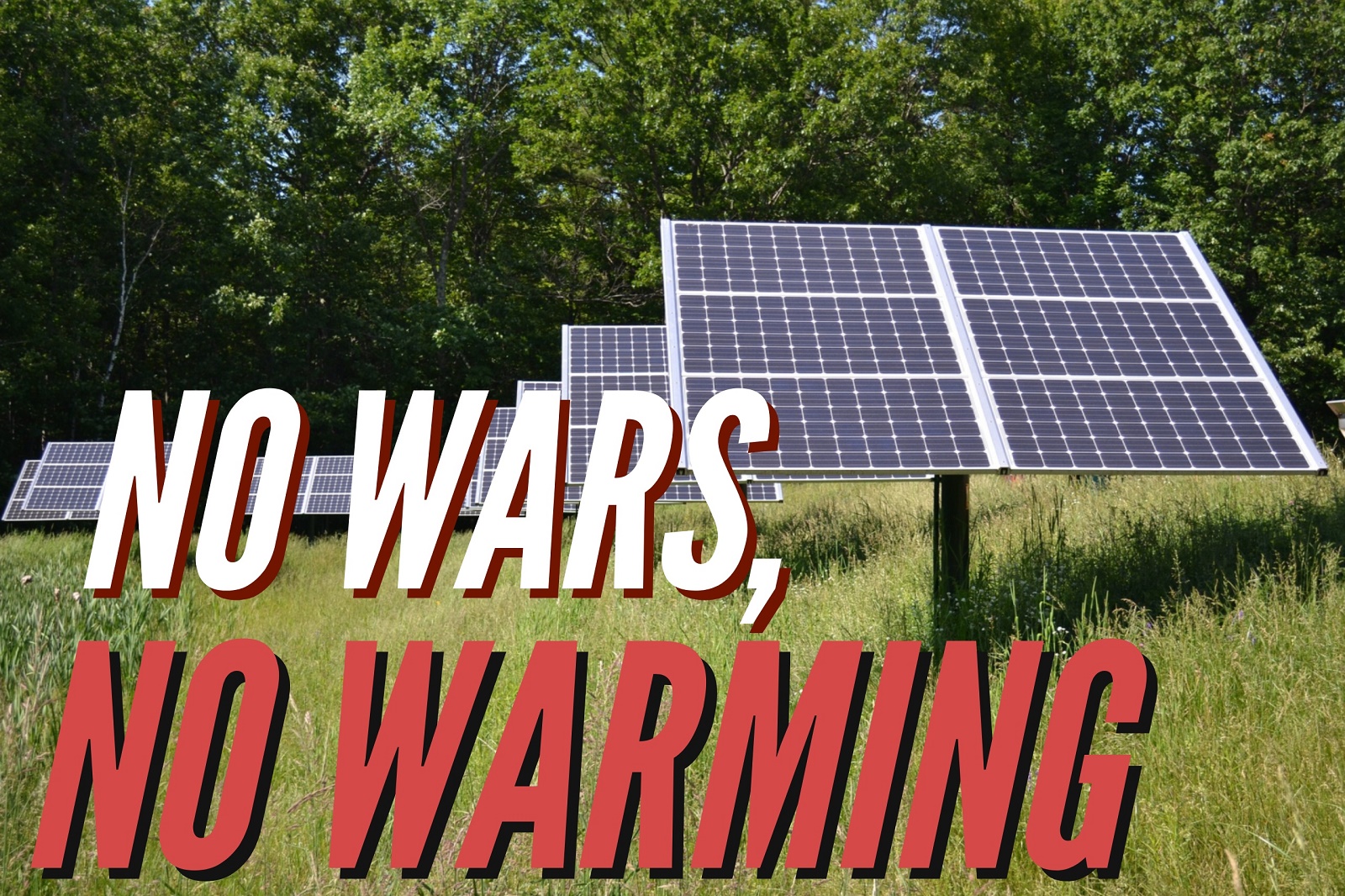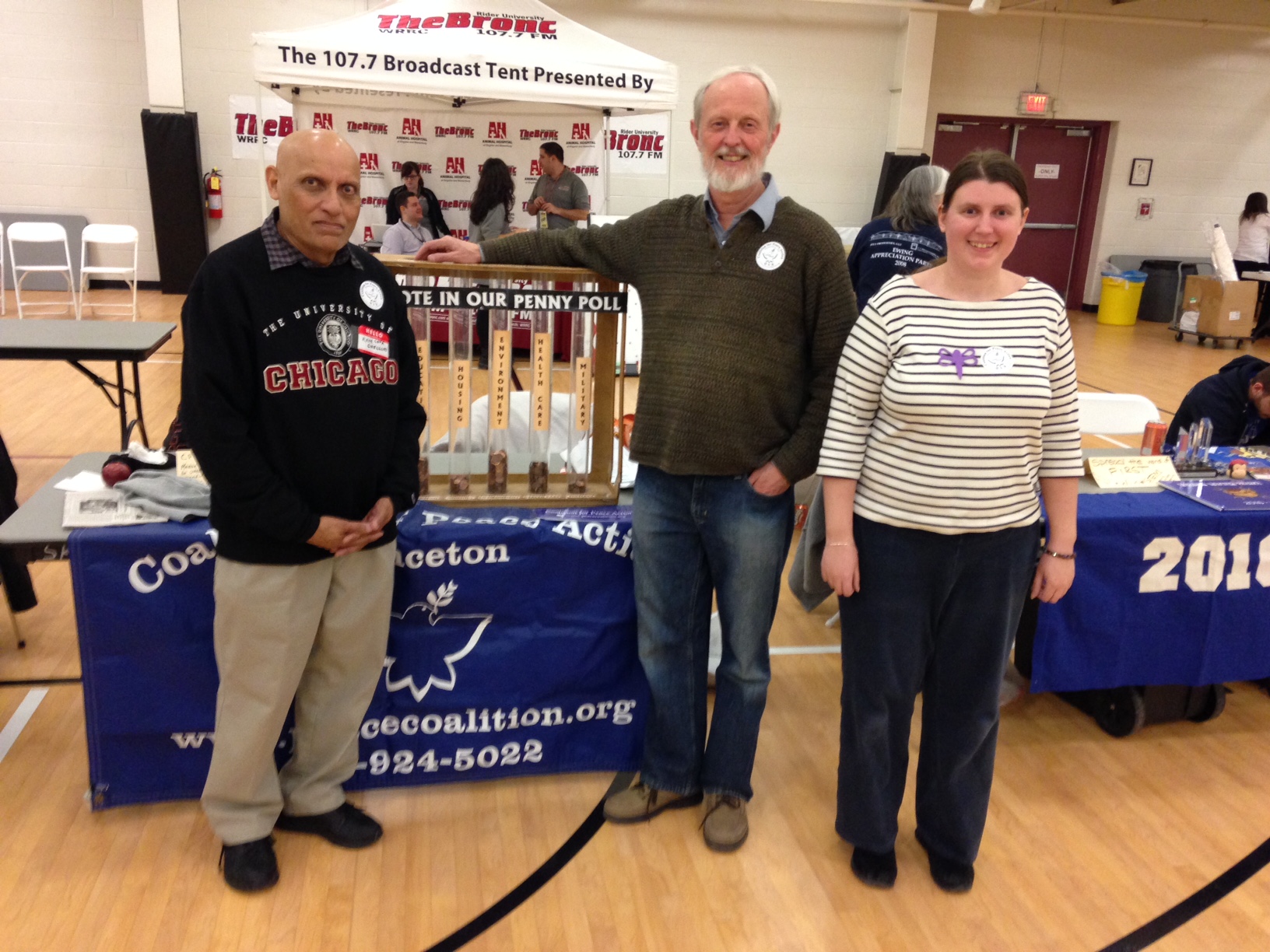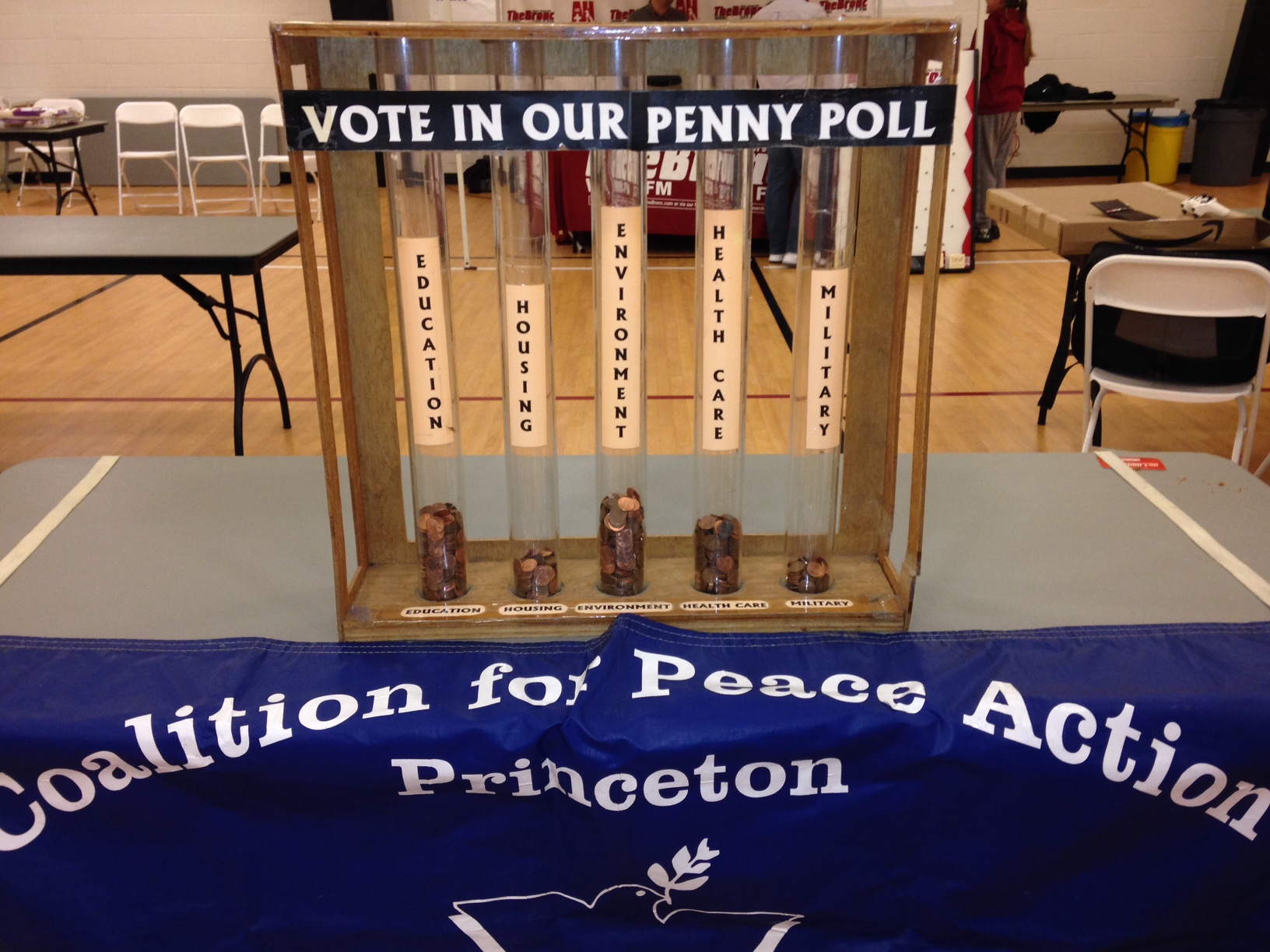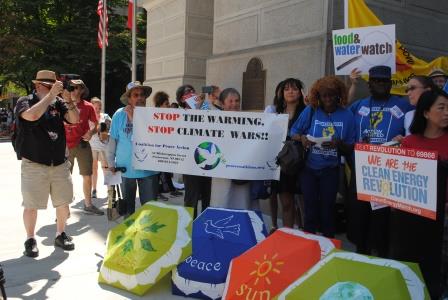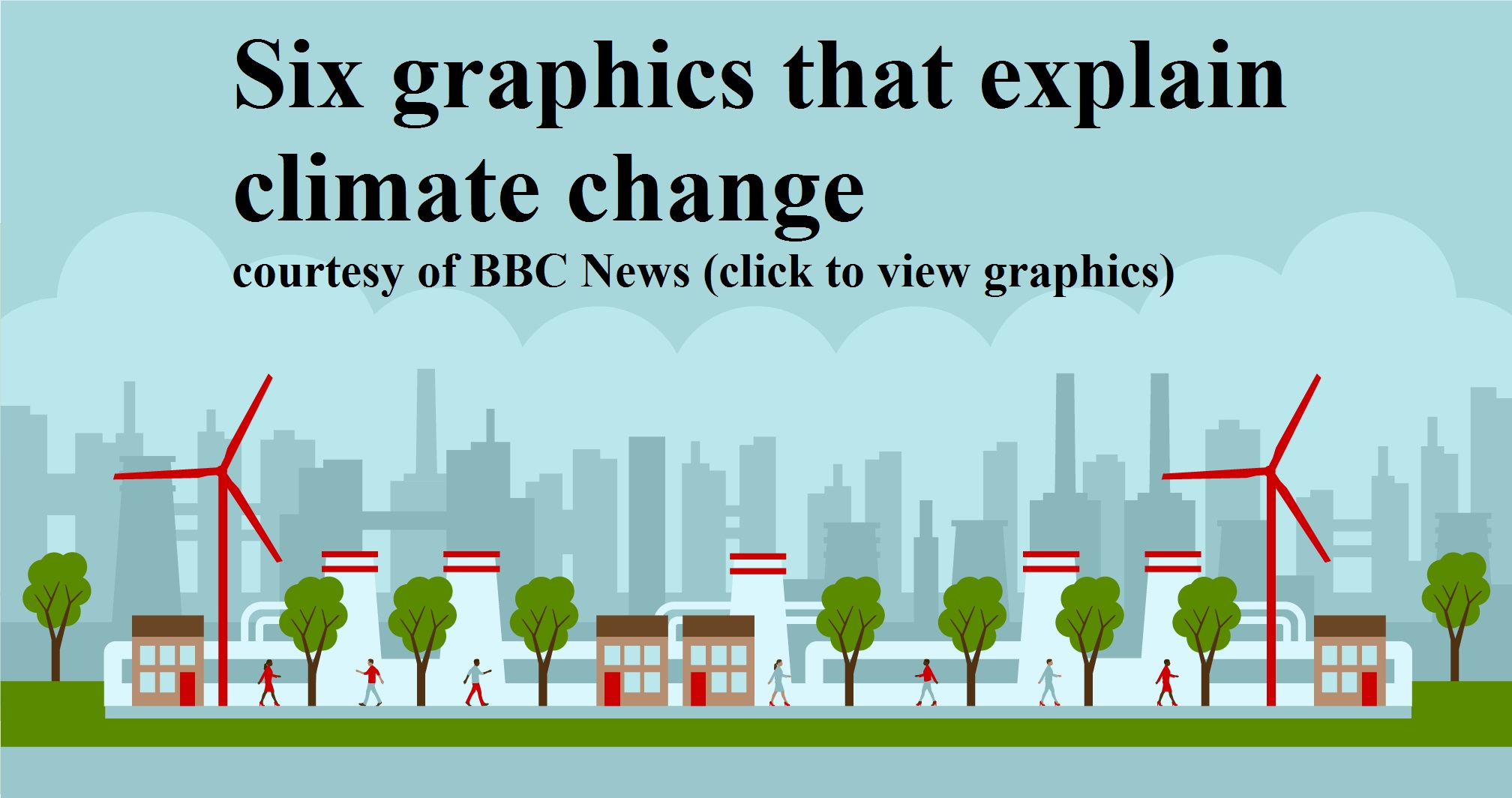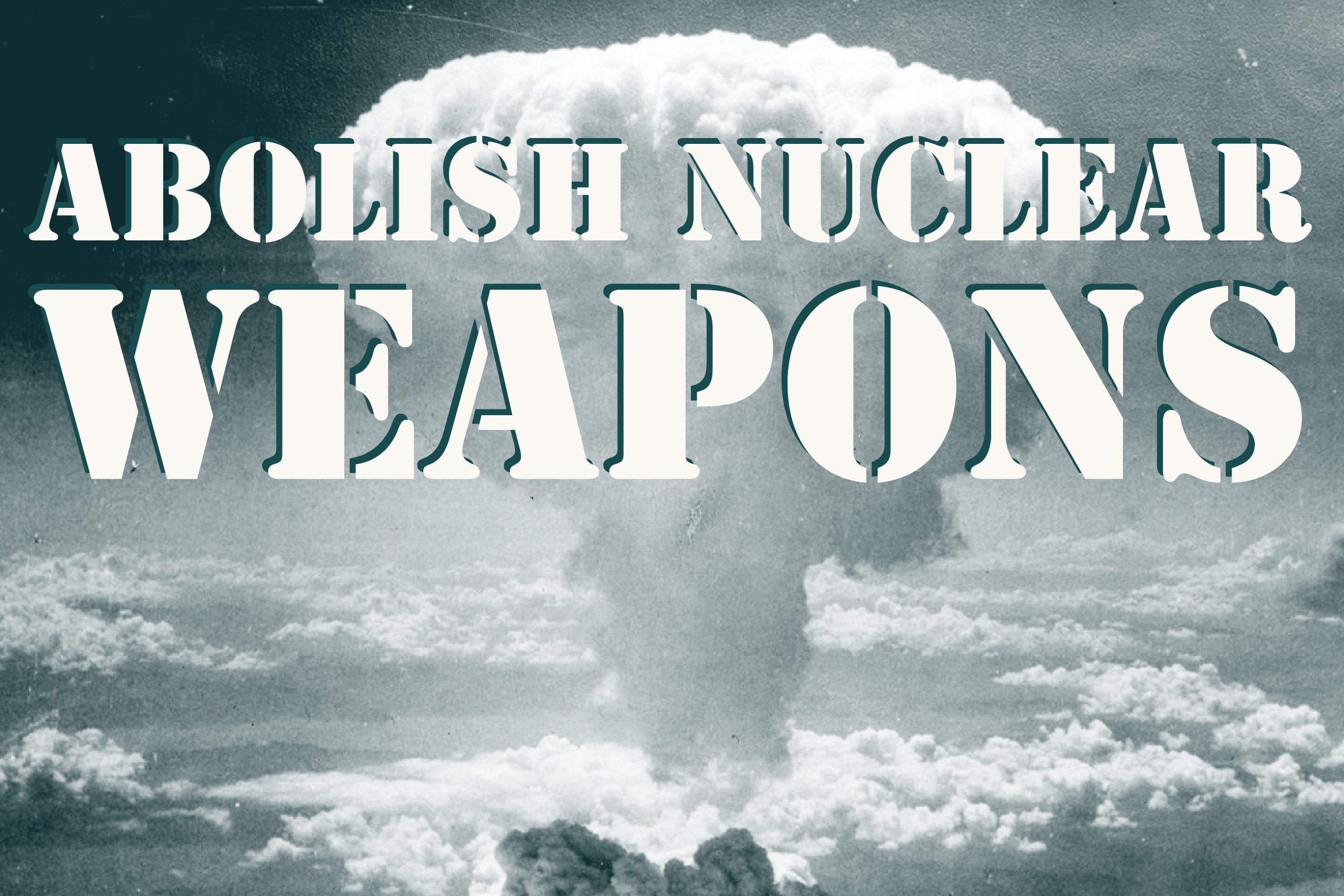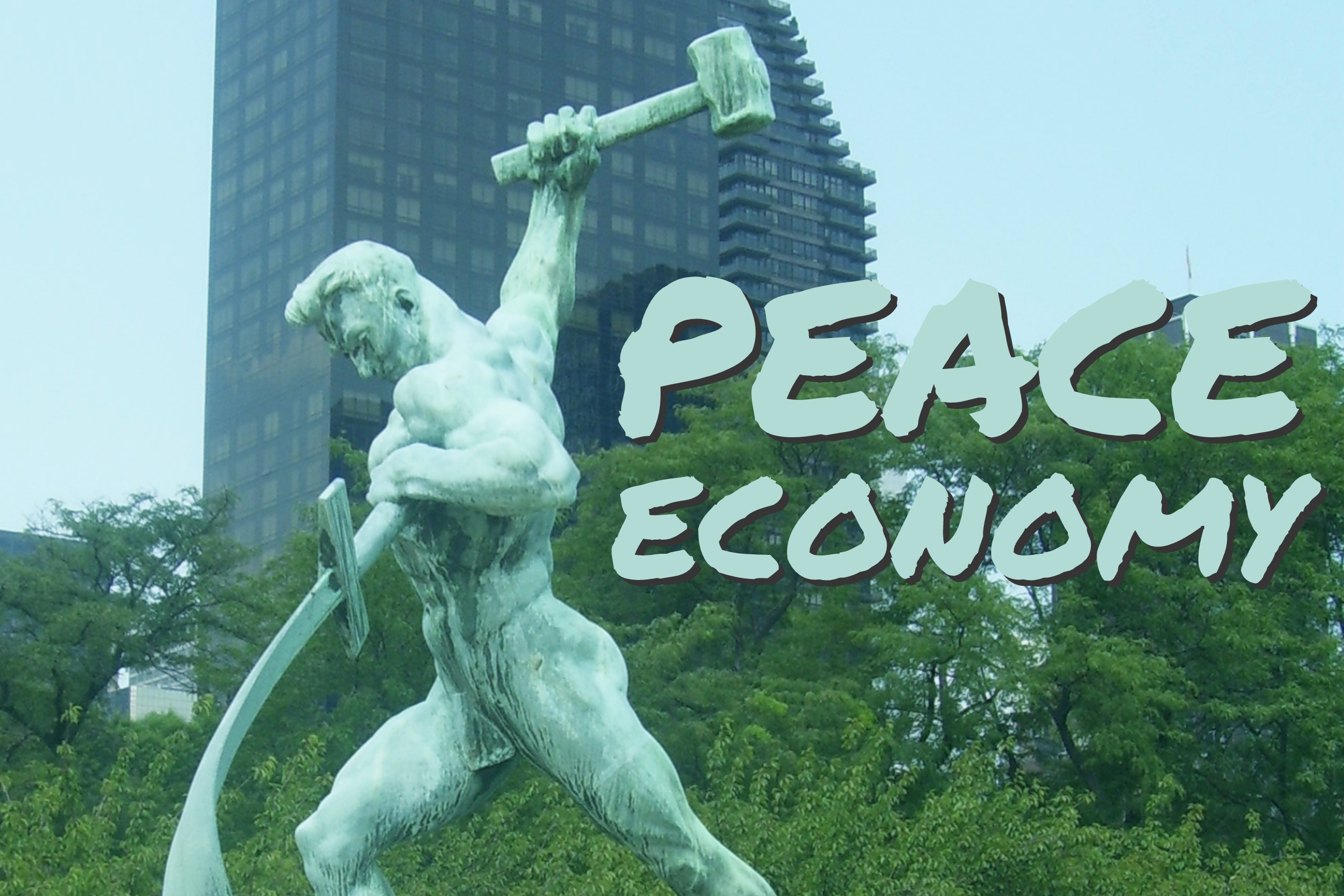No Wars, No Warming
Click here to download a flyer on our No Wars, No Warming campaign
Click here for a fact sheet on the connection between
nuclear weapons and the climate crisis
Climate Catastrophe Letter to the Editor, September 3, 2021
Published in the September 8, 2021 edition of Town Topics
Dear Editor,
Until recently, instead of referring to benign sounding “climate change,” I had been using “climate crisis.” However, the two hurricanes that battered our region with severe flash flooding, tornados, and high winds just in the past month, have opened my eyes to how drastically the situation has worsened. So now I call it the “climate catastrophe.”
We see this catastrophe unfolding here, nationwide, and globally, and worsening far faster and more severely than almost anyone expected. Massive fires, extreme heat, flash floods, and droughts are all afflicting the world in unprecedented ways.
The organization that I lead, the Coalition for Peace Action (CFPA), began a campaign called No Wars, No Warming in conjunction with the People’s Climate March attended by over 400,000 in September 2015. This campaign seeks to educate the public on the connections between militarism and the Climate Catastrophe.
The climate catastrophe is an existential threat in the same category as global nuclear holocaust. If anybody doubts that, just look around at events like those above. We must rapidly intensify efforts to prevent further global warming, or we face the danger of planetary extinction.
Readers wanting to join CFPA in this effort are encouraged to visit peacecoalition.org.
The Rev. Robert Moore
The writer is Executive Director of the Princeton-based Coalition for Peace Action.
Move the Nuclear Weapons Money!

"How Rising Temperatures Increase the Likelihood of Nuclear War," by Michael T. Klare, The Nation, January 14, 2020
"In a world constantly poised for nuclear war while facing widespread state decay from climate disruption, these twin threats would intermingle and intensify each other. Climate-related resource stresses and disputes would increase the level of global discord and the risk of nuclear escalation; the nuclear arms race would poison relations between states and make a global energy transition impossible.
What is essential and still largely missing is a recognition that climate and peace activism must be linked if the twin perils of global warming and nuclear war are to be overcome. People must understand that it will be very difficult to slow global warming unless the nuclear arms race is also slowed—and, likewise, that the risk of nuclear war will grow as long as nuclear-armed states are threatened by climate disruptions. Only by uniting our efforts toward climate and nuclear sanity in a joint campaign for human survival will it be possible to triumph over these destructive forces." (Click here to read the rest of the article.)
"How to Stop Freaking Out and Tackle Climate Change," by Emma Marris, The New York Times, January 10, 2020
"As long as we are competing for the title of “greener than thou,” or are paralyzed by shame, we aren’t fighting the powerful companies and governments that are the real problem. And that’s exactly the way they like it.
My point is that the climate crisis is not going to be solved by personal sacrifice. It will be solved by electing the right people, passing the right laws, drafting the right regulations, signing the right treaties — and respecting those treaties already signed, particularly with indigenous nations. It will be solved by holding the companies and people who have made billions off our shared atmosphere to account.
As we fight, it is important for our mental health and motivation to have an image in mind of our goal: a realistically good future. This future is still possible. But it will only come to pass if we shed our shame, stop focusing on ourselves, join together and demand it." (Click here to read the full article.)
"Falls Township votes down contentious wastewater processing project," by Katie Park, The Inquirer, April 30, 2019
"The Falls Township Board of Supervisors unanimously voted Tuesday to bar a hazardous wastewater processing facility from being built in the town, for now capping a saga that has drawn thousands of residents from their homes in protest over the last five years." (Click here to read full article).
Report from Ed Aguilar, CFPA's Pennsylvania Director (2/11/19)
A Green New Deal-- One, Two, or Three Cheers?
Krugman and Douthat Duke It Out in NY Times
A 50-state survey done by pollsters at Yale and George Mason Universities back in December 2018, well before the Joint Resolution for the Green New Deal launched in Congress recently, shows 81% of registered voters of all parties either support, or strongly support, the concept of a Green New Deal. Seems like three cheers from the American voters! The Resolution’s authors, Senator Ed Markey and Rep. Alexandria Ocasio Cortez, “AOC”, say it’s not a final plan, and its authors are open to discussion to reach consensus in Congress.
Among NY Times columnists, Paul Krugman ( “The Economics of Dirty Old Men”), is right on the money. He has noted that Trump’s tariffs on solar energy panels are designed to set back the great progress being made on renewable energy, because his SuperPAC donors are among the “dirty old men” of coal and oil.
“Some people still think of these alternative energy sources as hippy-dippy stuff that can’t survive without big government subsidies, but the reality is that they’ve become cost-competitive with conventional energy, and their cost is still falling fast. And they also employ a lot of people: Over all, there are around five times as many people working, in one way or another, for the solar energy sector as there are coal miners,” wrote Krugman, a Nobel prize-winner in Economics, in the NY Times, 1/25/18.
Pres. Trump’s energy policies are backward-looking, and provide a stark contrast to the US government’s own Climate Assessment Report of November 2018, done by scientists at NOAA and elsewhere-- which recognized the same Real Facts (to coin a phrase) as did Krugman.
Enter the Green New Deal, AOC, Senator Markey, the Yale Poll, and four major candidates for President, and we see perhaps why Krugman’s logic is countered by conservative Ross Douthat, who gives a half-hearted “One Cheer for the Green New Deal” (NYTimes Feb. 10, 2019).
After sarcastically calling AOC a “noted social media personality,” Douthat skewers the Green New Deal, as seeming “lukewarm about any policy or technology that might be tainted by capitalism”’ which is not true-- e.g. Senator Markey was firmly behind cap-and-trade; and, the solar-and-wind energy industry is fast- growing and competitive under free competition, despite the Dirty Old Men’s efforts.
Conservatives are alarmed that, not only do voters understand the human-based threat to our climate, but 81% of registered voters-- Democrats (92%), Independents (885), and even Republican (by 64%), according to the Yale/ George Mason University poll, support the concept of a Green New Deal. This fact bodes well for Democratic presidential and Congressional aspirants in 2020, and Republicans certainly don’t like it.
As Markey and AOC note, as well, this Resolution is an opening position-- that’s why Speaker Nancy Pelosi has inaugurated a Select Committee on the Climate Crisis, which will refine the idea. There will be time to forge a consensus. In the meantime, Ross Douthat, let’s give people a chance-- the climate crisis is a real one, and the national interest requires achieving consensus on green energy, not just infrastructure (Ross’s “one cheer for the Green New Deal”). The future of the planet as we know it may depend on it.
Below please see the full results of the December Yale/ George Mason poll of nearly 1000 registered voters around the United States. Do we have a consensus? I think so-- now Congress needs to catch up to the voters, who are depending on them for action on the climate-change crisis-- Not Climate for Old Men. See, #GreenNewDeal, for more.
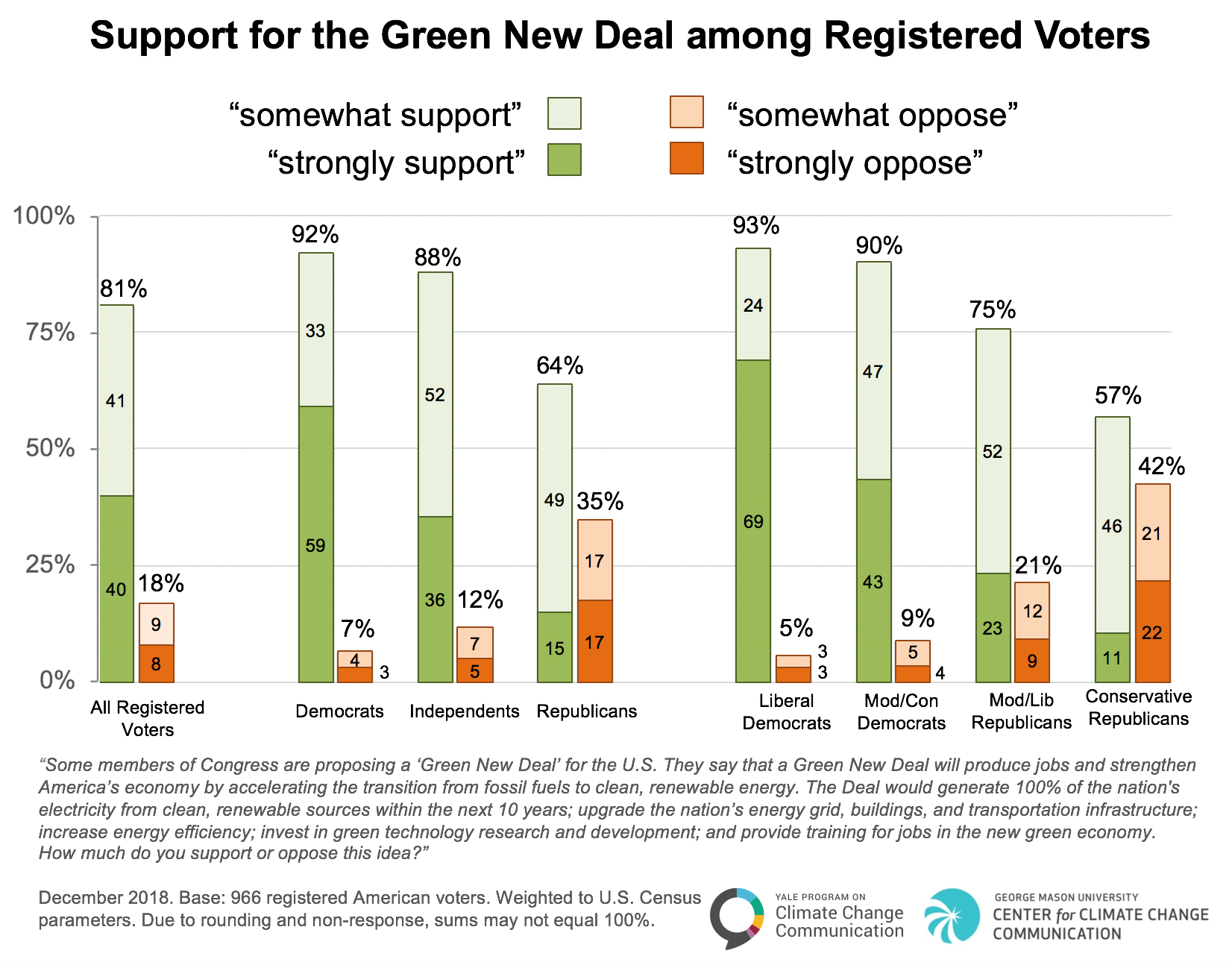
Report from Ed Aguilar, CFPA's Pennsylvania Director
Buenos Aires Summit Isolates US, Which Moves Backwards
We can conclude a few specific things from the G-20 Economic Conference, re Climate Change:
- The US was a minority of 1 out of 20-- the other 19 were all in agreement.
- The Administration, Trump, are pedaling backwards away from Paris, while others are moving forward, tho not fast enough to prevent the 1.5C limit scientists say is needed.
- Economics: Just before the Summit, the US Government’s own experts on climate issued a massive report, noted below, which confirms the UN’s IPCC-- AND, it notes that:
- (Despite Admin’s claim) Positive climate action will create jobs.
- Failing to act in time will create economic contraction; this will cost the US alone 10% of its GDP growth-- that’s $100 Billion+, each year over time. This could fund clean energy, and grow the economy, if done timely.
- From the Vox report below: “The US government in November released the National Climate Assessment, a climate report required by law, which contained warnings about the potential destruction climate change will cause. It also highlighted the cost of doing nothing about it, undermining Trump’s argument that combating climate change is too expensive.
VOX: “US got its own section in the G20 statement on climate change- It reiterates DJT’s decision to withdraw US from the Paris climate agreement," by Emily Stewart , Dec 3, 2018
"President Donald Trump is on his own island with respect to the rest of the world on the matter of global warming, with the United States being the only country to refuse to sign on to a joint statement on climate change at the G20 summit in Buenos Aires, Argentina.
In a nonbinding communiqué released at the end of the summit, the signatories of the Paris climate agreement reaffirmed that the international accord “is irreversible” and that they are committed to its “full implementation,” promising to “continue to tackle climate change, while promoting sustainable development and economic growth.”
Except for the US, which got its own clause restating President Trump’s decision over the summer to remove the US from the agreement.
“The United States reiterates its decision to withdraw from the Paris Agreement, and affirms its strong commitment to economic growth and energy access and security, utilizing all energy sources and technologies, while protecting the environment,” the communiqué reads.
CNN reports that the separate language on the Paris agreement was required for Trump to sign off on the statement. The communiqué also called for reforms to the World Trade Organization. One European official told the outlet that during the long hours of negotiations, “there were moments when we thought all was lost,” and various countries objected to multiple issues and certain language.
Trump insists on being an outlier on climate. Despite mounds of scientific evidence that climate change is happening, and that it is man-made, President Trump has consistently rejected taking action on the matter and has instead done the opposite. He continues to publicly doubt that human activity is contributing to global warming and unravel any measures taken to combat it.
In an interview with CBS’s Lesley Stahl on 60 Minutes in October, he acknowledged “something’s happening” with the climate but that what’s changed will “change back again.”
“I don’t think it’s a hoax, I think there’s probably a difference, but I don’t think it’s man-made,” he said, adding that climate scientists have a “very big political agenda.”
The White House has largely brushed aside the United Nations’ warning in October that we may have as little as 12 years to act on climate change. As Vox’s Umair Irfan put it, “the report makes brutally clear that warming will make the world worse for us in the form of famine, disease, economic tolls, and refugee crises.”
The US government in November released the National Climate Assessment, a climate report required by law, which contained warnings about the potential destruction climate change will cause. It also highlighted the cost of doing nothing about it, undermining Trump’s argument that combating climate change is too expensive."
"Wake Up, World Leaders. The Alarm Is Deafening," by The New York Times Editorial Board, October 9, 2018
"When a cautious, science-based and largely apolitical group like the United Nations Intergovernmental Panel on Climate Change says the world must utterly transform its energy systems in the next decade or risk ecological and social disaster, attention must be paid.
The panel, created in 1988, synthesizes the findings of leading climate scientists, an undertaking for which it received the 2007 Nobel Peace Prize. It is not in the habit of lecturing governments. But its latest report, issued near Seoul on Monday, is very different. One United Nations official described it as “a deafening, piercing smoke alarm going off in the kitchen” — an alarm aimed directly at world leaders. “Frankly, we’ve delivered a message to the governments,” said Jim Skea, a co-chairman of the panel and a professor at Imperial College, London. “It’s now their responsibility … to decide whether they can act on it.”
Unfortunately, no alarm seems loud enough to penetrate the walls of the White House or the cranium of its principal occupant. President Trump had nothing substantive to say about the report, preferring, his staff said, to focus on celebrating the elevation of Brett Kavanaugh to the Supreme Court. Having already announced that he would withdraw the United States from the 2015 Paris agreement on climate change, having also rolled back a suite of Obama-era efforts to reduce greenhouse gas emissions, Mr. Trump thus reaffirmed his sorry role as an outlier in the global struggle against climate change — a struggle few believe can be won without the enthusiastic participation of the United States." (Read more here).
Can We Stop Burning Garbage and Calling It Renewable? - Report by Food and Water Watch
It’s crucial to revamp these standards immediately in order to help stop climate change’s worst effects on humanity.
First, each state must stop including dirty energy sources toward their renewable energy goals. It’s disingenuous, makes a mockery of their entire effort, and it contributes to CO2 emissions that hurt rather than help us. Dr. Ana Baptista, an Assistant Professor at The New School University in NYC and board member of the environmental justice-focused Ironbound Community Corporation in Newark, NJ says,
“Incinerators like the Covanta facility in Newark, NJ are reminders of the local pollution and health burdens placed on our most vulnerable and overburdened communities by the incineration industry. New Jersey’s RPS subsidies help to prop up this dirty, decaying industry at the expense of low income communities of color. There is nothing green or renewable about burning garbage.” (Click here for summary of report, and link to full report.)
Threat Multipliers and the Need for a Comprehensive Climate Change Strategy, by Spencer Phillips in Small Wars Journal, July 2, 2018
"By failing to take a proactive approach towards a danger almost universally recognized by allies, enemies, and even its own intelligence agencies as a major emerging threat, the United States has left itself vulnerable. In their current states, the NSS, NDS, and other subsequent plans that various departments of the U.S. government will draft based off their guidance, are inadequate. To resolve this deficiency, the U.S. must develop a national strategy that includes a detailed, long-term plan for mitigating the security threats associated with global climate change. A continued failure to do so will likely have catastrophic consequences for global stability and peace." (Read full report here).
"Goldman Prize Awarded to South African Women Who Stopped an International Nuclear Deal," by Jonathan Watts, in The Guardian, April 22, 2018
A powerful story linking the issues of climate change, freedom, anti-racism, anti-sexism, and grassroots citizens' action.
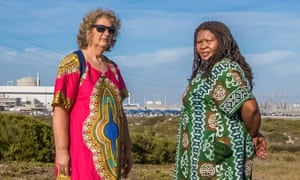
"Makoma Lekalakala and Liz McDaid were the sole signatories of a successful legal challenge against the plan for South Africa to buy up to 10 nuclear power stations from Russia at an estimated cost of 1tn rand ($76bn).
After a five-year legal battle, a high court outlawed the deal last April and accepted the plaintiffs’ claims that it had been arranged without proper consultation with parliament.
There were risks in confronting the president, the electricity utility and the interests of a foreign power. The two women were warned they could face violence and attacks on their reputation, but they signed the legal papers regardless." (Read full article here).
"Scott Pruit's Dirty Politics," by Margaret Talbot, in The New Yorker, April 2, 2018
"The agency was established in 1970, by President Richard Nixon. William Ruckelshaus, its first administrator, who also led the E.P.A. under Ronald Reagan, told me, “My principal concern is that Pruitt and the people he’s hired to work with him don’t fundamentally agree with the mission of the agency. They seem more concerned about costs associated with regulations.” Myron Ebell, a climate-change skeptic who headed Trump’s transition team for the agency, praised Pruitt for concentrating on “the E.P.A.’s statutory responsibilities” and for “dropping many discretionary activities that have taken up more and more of the E.P.A.’s budget and staff time in recent years.” Pruitt argues that every E.P.A. action should be specifically grounded in a federal statute such as the Clean Air Act—fifty-four-year-old legislation that was last amended in 1990.
Pruitt and his admirers call this approach “E.P.A. originalism”—a nod to the late Supreme Court Justice Antonin Scalia, and his reading of the Constitution. The idea is that Pruitt is sticking to “traditional” priorities, such as cleaning up Superfund sites and contaminated drinking-water supplies, rather than focussing on newer and broader environmental threats, such as climate change.
One problem with “E.P.A. originalism” is that neither our scientific knowledge nor the environment itself remains static. Rivers no longer catch fire, as the Cuyahoga, in Ohio, did repeatedly in the fifties and sixties; the skies over Los Angeles are no longer choked with brown smog; acid rain is no longer the threat it was to rivers, lakes, and wildlife; gasoline for cars is no longer made with lead, which damages children’s brain development. This progress was achieved, in no small part, because of the discretion that the E.P.A. has used to interpret laws as new ecological challenges, and new scientific understandings, arise. Every year, advancements in toxicology, technology, and epidemiology suggest new remedies. Ruckelshaus told me that it is self-defeating to insist on binding all environmental policy to the science of the past. He said, “We’ve cleaned up a lot of pollution—the air is much better, though we have three times the number of autos on the road. While you see pictures of Beijing—that doesn’t happen here anymore. Americans have the impression that because the smell-touch-and-see kind of pollution is gone, or not as intense, that we’ve dealt with the problem for good. But the environment is something you have to stay everlastingly at. Or it gets worse again.”" (Read full article here).
Op-Ed in the New York Times: The Economics of Dirty Old Men, Jan. 25, 2018, by Paul Krugman
This week... Trump finally did impose tariffs on washing machines and solar panels. The former tariff was, I think, more about looking tough than about any kind of strategic objective. The latter, however, fits in with an important part of this administration’s general vision. For this is very much an administration of dirty old men......
The solar panel tariff is more interesting, and more disturbing, because it will surely destroy many more jobs than it will create.
The fact is that the U.S. is largely out of the solar panel-producing business, and whatever the reasons for that absence, this policy won’t change it. Like the washing-machine tariff, the solar-panel tariff was imposed using what’s known in trade policy circles as the “escape clause” — rules that allow temporary protection of industries suffering sudden disruption. The operative word here is “temporary”; since we’re not talking about sustained protection, this tariff won’t induce any long-term investments, and therefore won’t bring the U.S. solar panel industry back.
What it will do, however, is put a crimp in one of the U.S. economy’s big success stories, the rapid growth of renewable energy. And here’s the thing: Everything we know about the Trump administration suggests that hurting renewables is actually a good thing from its point of view. As I said, this is an administration of dirty old men. (Read full op-ed here).
NO WARS, NO WARMING – DON’T MAKE U.S. GO BACKWARD, BUT FORWARD!
NW/NW recommends this article in the World/Post collaboration, and adds a few relevant comments below.
Not America First, But America Left Behind, World Post, November 17, 2017
During President Donald Trump’s first official Asia tour, the precipitous erosion of America’s decades-long hegemony in the region has been painfully apparent. The U.S. presence in Asia is becoming critically unbalanced. “While America (i.e., the U.S.) continues to maintain a significant military edge over its closest rivals, it’s gradually losing the main battle that is defining this century: trade and investment,” he says. Meanwhile, China is busy shaping the world in its own image… In a surreal twist of events, a communist regime has now emerged as the unlikely guardian of globalization and multilateral diplomacy.
Evaluating Trump’s 12-day Asia tour, former Australian Prime Minster Kevin Rudd also sees that America’s retreat means that other nations will set the agenda. “The U.S. has ceded regional economic leadership separately to China and Japan for the foreseeable future at least,” he writes. Inevitably, the economic fate of the region bleeds over into security issues. “There is also the question of how to manage the danger of a broader bifurcation of the region between Chinese and American spheres of influence,” Rudd warns. “Such a process is inherently destabilizing. Indeed, regional governments are feeling the pressure to choose.”
Rudd’s concern brings to mind a wise adage from Singapore’s former foreign minister George Yeo: “While Asian countries might value the U.S. as a friend, no one wants China as an enemy.” Rudd’s advice for escaping this dilemma is “to form a more resilient regional security architecture that escapes brittle, binary strategic choices.”
On this score, the incipient “Indo-Pacific” strategy trotted out by Trump on his tour is moving in the opposite direction. As Gurpreet S. Khurana writes from New Delhi, “‘Indo-Pacific,’ as Trump uses it, implies a new configuration in which India and America, along with the other major democratic nations in Asia — Japan and Australia especially — join to contain China’s growing influence in an updated version of the Cold War.”
A captain in the Indian Navy and a maritime strategist, Khurana is credited with first using the term “Indo-Pacific” in a 2007 essay. Since both China and Japan get around 80 percent of their oil supplies through the Malacca Strait, he argues, the Indian Ocean area and the western Pacific should be considered one integrated region.
But Trump’s twist of the concept, says Khurana, “departs significantly from its original meaning and intent. My intention was to re-conceptualize how Asian nations are actually linked together from the Indian Ocean to the Pacific, and I wanted to emphasize the overarching goal of preserving global and regional stability through commercial and strategic maritime cooperation. It was not meant as the opposite — a geopolitical framework that divides Asia into friends and enemies.”
“The aim ought to be building common prosperity in these linked regions. Otherwise, the region will become yet another theater of the ‘Thucydides Trap,’ in which rising and established powers fight to impose their dominance.”
By The WorldPost, a partnership of the Berggruen Institute and The Washington Post.
No Wars, No Warming Comments:
While the U.S. President was in the Far East recently, a meeting was also occurring in Bonn, Germany, to follow up on the Paris Accord on Climate. What this meeting concluded was that the U.S. was essentially making itself irrelevant, as a government, in the struggle for clean solutions to pollution and climate dysfunction. Meanwhile, most of the world wants to move forward, not back. And meanwhile, in the US, the forests burn and we let the hurricanes roar, with devastating effects and negligence for the victims, from Houston, TX, to Ponce, Puerto Rico, the U.S. Virgin Islands, and the poor in Florida.
So what may happen? For one thing, many of the countries represented in Bonn have decided to work, as much as possible, with U.S. governors, and cities’ mayors, to make progress on climate and clean energy.
But by isolating itself on both trade and climate solutions, the federal government has made it harder for itself, as well as the states, to make as much progress as they’d like. This will eventually set up a confrontation, with both Red and Blue states. A good example is ethanol. Senators and governors have strongly pushed back on the Administration plan to increase ethanol requirements, at a time when this will mean higher prices, as well as distortions in U.S. agriculture. The more corn that’s grown for ethanol fuels, the higher the prices for feed grain, and higher food prices for consumers. And of course, ethanol is actually not good for car engines, especially for small motors such as the many millions of lawnmowers and home equipment used by Americans. (See, NY Times, Thurs. Nov. 16)
Similarly, if the U.S. withdraws from NAFTA completely, as threatened if stalled talks don’t succeed with Canada and Mexico, our other top trading partners, U.S. manufacturing will suffer, much more than it will gain. If we add tariffs to Canadian and Mexican car parts to be used here, it adds to the price of US cars – the opposite of the intention!
What we are seeing is not so much “America First”, but America being isolated and pulled backwards. We can only change this with a serious change in policies at the top – yet, we see no reconsideration of this rearward-moving thinking. This means, it will likely be up to the voters, for politicians to listen.
-Ed Aguilar, CFPA Pennsylvania
UUPLAN's "Creating a Safe, Stable, & Sustainable Energy Future in PA" presentation, April 19, 2017
Click below for individual presentations from the event:
Clean energy- Arjun Mhakiijani speaks of Md clean energy efforts
Medical evidence- Walter Tsou of Physicians for Social Responsibility testifies re the serious medical effects of fracking
Businessman’s perspective- Mark Lichty testifies re his conversion from being profracking to promoratorium on future drilling.
Butler County battle- Michael badges –Canning speaks of the profound effects of fracking
Moral issues- Rev Terry Ellen speaks of the moral issues around fracking
Why Do We Need a "100% by '50" Clean Energy Bill?
From Eco-Watch, on the "100 by 50" Clean Energy Bill:
"Ahead of the People's Climate March, Senators Jeff Merkley, Bernie Sanders and Ed Markey stood beside people's climate movement leaders to introduce legislation that will completely phase out fossil fuel use by 2050. The "100 by '50 Act" outlines a bold plan to support workers and to prioritize low-income communities while replacing oil, coal and gas with clean energy sources like wind and solar.
"100 is an important number," said 350.org co-founder Bill McKibben. "Instead of making changes around the margins, this bill would finally commit America to the wholesale energy transformation that technology has made possible and affordable, and that an eroding climate makes utterly essential. This bill won't pass Congress immediately—the fossil fuel industry will see to that—but it will change the debate in fundamental ways."
Why does CFPA endorse this legislation? Seven very good reasons:
• One - It would end both Keystone XL, and DApl -- pipelines that do more harm than good, and risk clean water futures for 25 million+ Americans.
• Two - It invests over $200 Billion / year in Clean energy -- i.e., wind, wave, and solar, esecially in deprived minority communities.
• Three - It creates an estimated 4 million jobs - many of them high-paying jobs.
• Four- We will keep fossil fuels in the ground, where they belong. Each barrel of oil, and 1000 cu.ft. of gas untapped, prevents that much CO2, and methane from gas, from trapping more heat in our atmosphere.
• Five - We pay part of our debt to Native American communities, such as Standing Rock, whose lands, air and water have been taken or contaminated for many years by US government action.
• Six - We will enforce, not repeal, the Environmental Protection Act, to keep our air and water clean and safe for all.
• Seven - Finally, we will enforce the goals of the 2015 Paris Climate Accords, signed by our country, and strengthen, rather than weaken or make a mockery of the Accords, signed by 196 countries, for the benefit of the planet.
We at the Coalition for Peace Action participated in the People's Climate March in Washington, and the Philadelphia People's Climate March, as part of a growing movement of millions of Americans, from Sierra Club to 350.org, from Food and Water Watch to Penn Environment, who are all working to keep the climate in check,and to improve the lives and futures of Americans and people around the globe. The floods going on, with over 200 American rivers involved this week, are just a harbinger of what's to come, if we do not. Join us!
CFPA at People's Climate March(es)
On Saturday, April 29, the Coalition for Peace Action (CFPA) co-led a bus to the People's Climate March in Washington, D.C. Over 200,000 people marched to support clean energy policy and climate justice. CFPA was one of several groups to participate in the "Peace Hub" of the March, a section comprised of various peace organizations.
On the same date, PA Director Ed Aguilar and several members of CFPA's Saint Joseph's University Student Chapter attended a "sister march" in Philadelphia.
Please see pictures below. For more photos of the Washington D.C. March, click here to see our Facebook album.
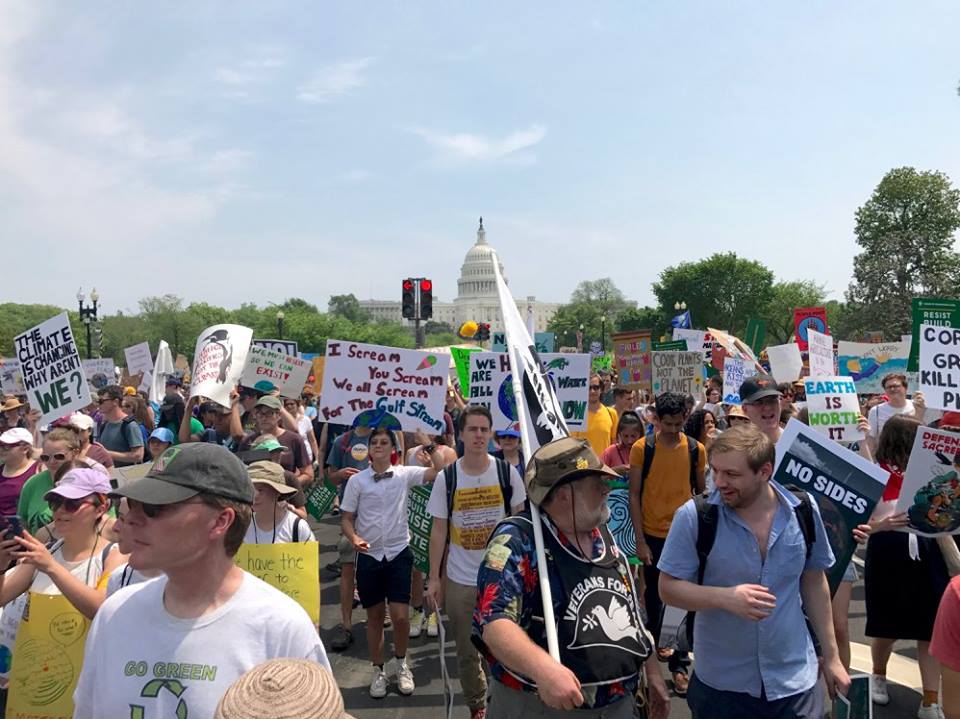
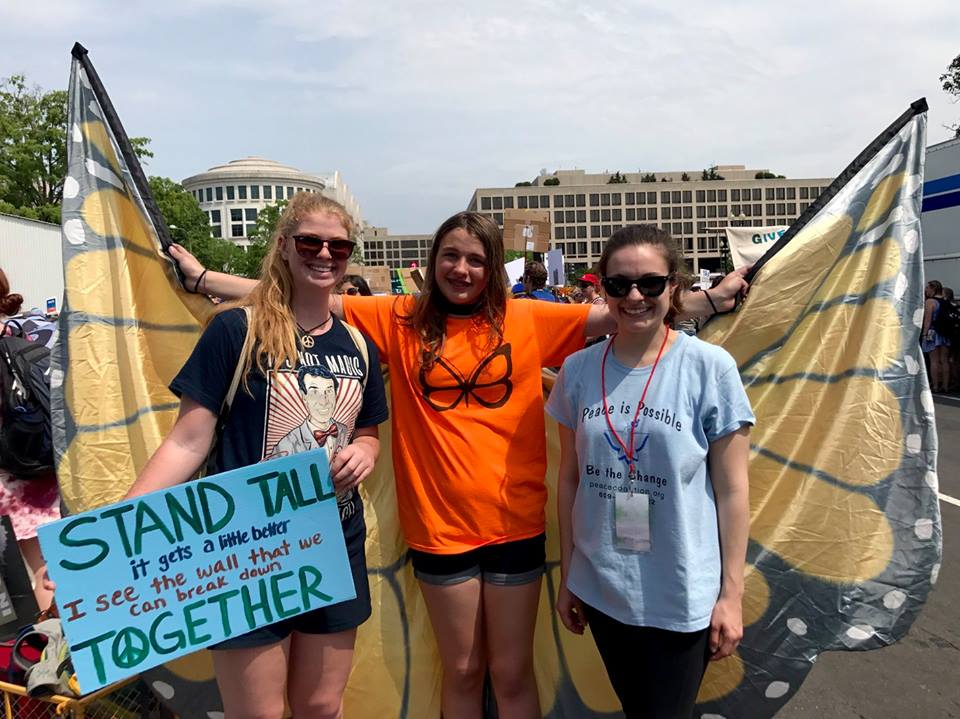
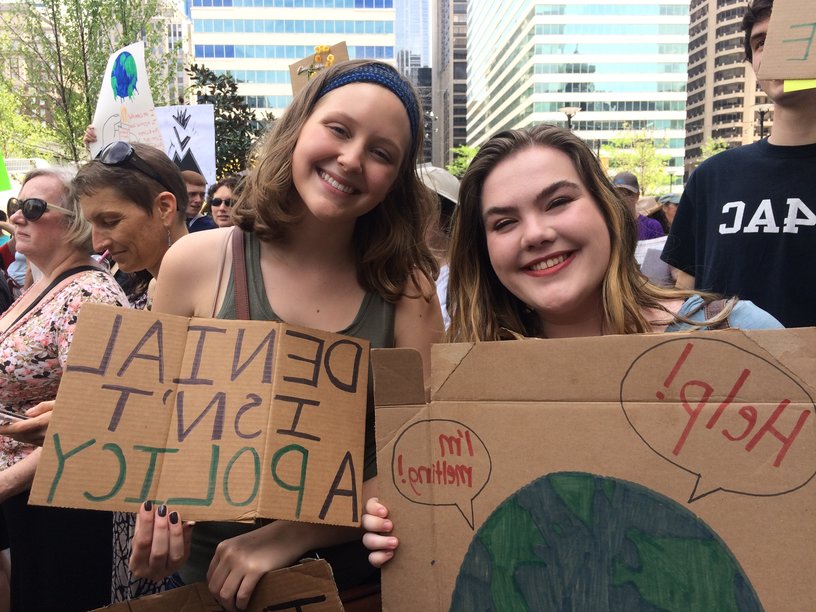
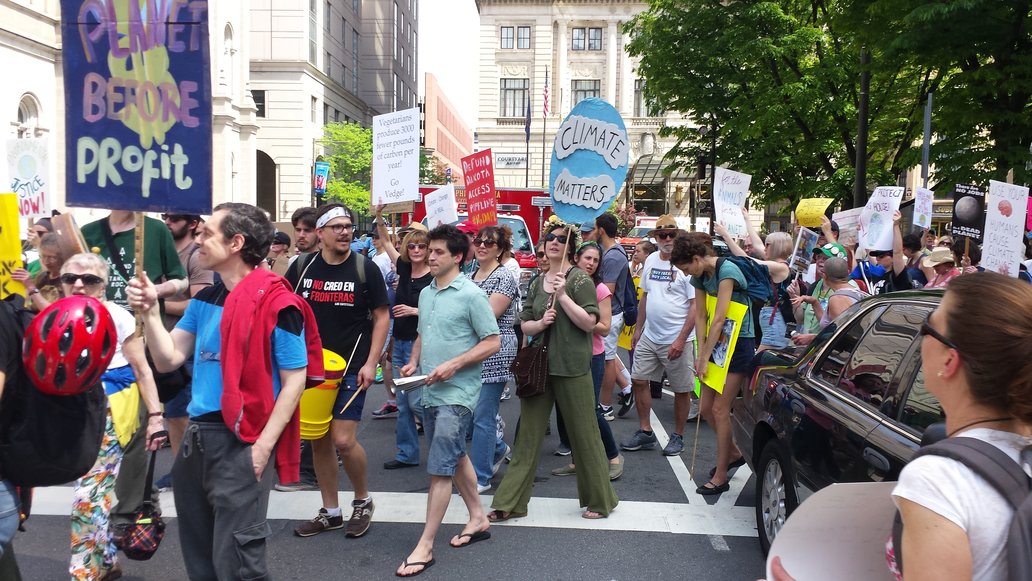
Trump Wants to Hand $54 Billion More to One of the World's Biggest Drivers of Climate Catastrophe, Sarah Lazare, Portside, March 17, 2017
The U.S. military is a key climate polluter, likely the “largest organizational user of petroleum in the world,” according to a congressional report released in December 2012. Beyond its immediate carbon footprint—which is difficult to measure—the U.S. military has placed countless countries under the thumb of western oil giants. Social movements have long sounded the alarm over the link between U.S.-led militarism and climate change. Click here to read full article.
CFPA at Mercer Greenfest
On Saturday, March 18 members of the Coalition for Peace Action (CFPA) attended Mercer Greenfest (formerly the Living Local Expo) at Rider University. This event focused on sustainable living, and CFPA volunteers provided attendees with information on our No Wars, No Warming campaign. They also administered our "Penny Poll" (see below).
CFPA volunteers administered our "Penny Poll" where people used pennies to express how they would like their tax dollars to be spent. Participants then were given information on how their tax dollars are actually spent.
Here were the results of the penny poll:
Environment: 365 pennies
Education: 343 pennies
Health Care: 280 pennies
Housing: 158 pennies
Military: 112 pennies
Special thanks to our volunteers Ram, Marc, and Julia for organizing and managing CFPA's table!
100% Renewable Energy by 2035: How We Get There, by JIM WALSH (Food and Water Watch), February 21, 2017
Intro by CFPA PA Director Ed Aguilar: It's fashionable to talk, in some circles, about how the US "never wins", and needs to win to move forward. I may disagree that things are that dire, but fair enough, on energy, the next question is: What is a winning strategy for America's future, and the world's future, on energy and climate? This article, by our friend Jim Walsh of Food and Water Watch, reveals some not-so-secret, ways we can win on energy -- without the corrosion of our climate by fossil fuels. We can win - what it takes is vision, and the political will to get away from old habits, rather than pretend they're a good idea.
There are so many different ideas about how we can stop ourselves from falling off the climate cliff that it can make your head spin. It is a good sign that we are starting to move away from discussions about whether climate change is real, and talking about solutions. Unfortunately, not all the solutions are going to result in a planet we can be proud to hand off to future generations.
A real clean energy plan would have a mix of policies focused on setting a trajectory for 100 percent renewable energy by 2035. Pueblo City, Colorado just committed to this goal, joining 22 other communities that have made a similar commitment to renewable energy.
A great deal of attention was given to the Paris agreement and the goal of keeping a global temperature rise this century well below 2°C above pre-industrial levels, but the reality is that standard is not strong enough to prevent us from reaching the proverbial tipping point. Crossing this point will mean abrupt and irreversible impacts on our climate. Even with the current 1°C rise in global temperatures, we are seeing catastrophic climate impacts such as increasing severity of extreme weather, droughts, floods, and forest fires. Click here to read full article.
Humans cause global warming, Philadelphia Inquirer, February 23, 2017
A recent scientific report has used mathematical equations to show that actions by humans have 170 times the impact of natural forces in causing rising world average temperatures, in recent years. This report, by scientists Will Steffen of Australia and Mick Mulroney of Ireland, was recently published in a peer-reviewed journal, and has not been contested by serious scientists.
Those who deny human impact on climate change are sadly mistaken. It would be nice to wish away our problems, but they are all too real. One example: there has been no "hiatus" in climate warming - 10 of the last 11 years have seen rising temperatures around the globe.
We should commend Mayor Kenney's courageous work in the Compact of Mayors, representing more than 100 cities, taking action to make Philadelphia a city where climate change is taken seriously, and action for clean-energy solutions is being welcomed. We can't afford to do otherwise.
Ed Aguilar, Pennsylvania director, Coalition for Peace Action, Philadelphia, Cfpa@peacecoalition.org
"We Have the Power: 100% Renewable Energy for a Clean, Thriving America" Report by the Frontier Group
President Obama and Prime Minister Trudeau of Canada
Order Protection of Arctic and North Atlantic Oceans- Dramatic Video Footage
On Tuesday, December 21, 2016, President Barack Obama and Canada's Prime Minister Justin Trudeau took independent, coordinated steps to overcome the climate warming crisis, as it applies to the most fragile and most vulnerable regions of the Northern Western Hemisphere - the polar seas and oceans off Alaska and Canada. Unfortunately, they could not also protect the Kara Sea and Siberian side of these polar regions, which are under Russian jurisdiction. President Obama also moved to protect the North Atlantic continental shelf, from Maine to Virginia, under the Outer Continental Shelf Act of 1953.
We have known for years these areas were at risk - but now we're seeing evidence of a faster and more pronounced warming and dislocation of physical terrain, ice, seas, and living creatures, than was expected by the International Panel on Climate Change (IPCC) that led to the Paris Accords. In other words, things are getting worse, fast, and these steps are indispensable. Here's a YouTube video, from NOAA, and a Year-End Arctic Report Card.
Arctic Report Card for 2016: Risks and Resolutions
Dramatic Video Footage - NOAA/ YouTube
CFPA applauds these actions. We also urge further steps to stop fracking in continental Canada and the US, and oil pipelines such as Dakota Access pipeline), see, #noDAPL, or Sacredstonescamp.org, that would bring dirty oil from Canada to the US, risking oil spills that would endanger the clean water that both the Dakota Sioux Native Americans, and farmers and residents of four states need for life, for agriculture, and for home use. The Missouri River watershed is home to 18 million Americans. This is not over yet.
We also reprint below, a report received from Paul Nicklen, a Canadian born and bred as a member of the Inuit people of Alaska, and a renowned photojournalist and scholar of the region. Finally, below his impressive Report, please see LINKS for action messages to both Pres. Obama and P-Elect Trump.
Thanks, from CFPA's No Wars, No Warming!
_______________________________________
From: "Paul Nicklen"
Date: Dec 21, 2016 2:17 PM
Subject: Why we're Protecting the Arctic:
For the last 40 years, I've roamed the polar regions of our world. I started as a child, growing up in an Inuit community on Baffin Island, Canada, where I learned from the Inuit people not just to survive in our environment -- but to thrive in and love the Arctic for all it had to offer.
Later, as a scientist, I tried using data to make the case for conservation. But it wasn't until I became a polar photographer for Sea Legacy and National Geographic magazine that I finally found a way to convey the urgency of protecting this fragile ecosystem for the good of all humanity.
As a scientist, what I know about the Arctic is terrifying. Currently, it’s warming twice as fast as anywhere else on the planet. As a photographer, I can observe and document these effects first-hand: receding glaciers, struggling wildlife populations, and cities impacted by rising sea levels.
And as the landscape changes, driven by climate change, I am watching the Arctic region become increasingly vulnerable. In particular, we should see the rapid disappearance of sea ice here for what it is: a sign of imminent and catastrophic change. The danger of an oil spill would deliver a fatal blow to this pristine and critically important ecosystem.
But -- with the leadership of President Obama -- we've taken a step forward.
The new withdrawal -- which encompasses the entire U.S. Chukchi Sea and the vast majority of the U.S. Beaufort Sea -- will provide critical protection for the unique and vibrant Arctic ecosystem, which is home to marine mammals and other vital ecological resources and marine species, and upon which many Alaska Native communities depend. With this action, we’ve now protected nearly 125 million acres in the Arctic from future oil and gas activity since 2015.
This action also comes in conjunction with Canada’s announcement that it will freeze offshore oil and gas leasing in its Arctic waters, to be reviewed every five years through a climate and marine science-based assessment.
My career as a scientist, photojournalist, and co-founder of SeaLegacy.org has taught me that merely telling people the ice is melting doesn't work. Temperatures are rising. Animals are struggling, starving and drowning. Water levels are gradually immersing cities. We can no longer just talk about this. We need to show the world how urgent it is with images and stories and, more importantly, with urgent action.
At this pace the Arctic will be void of ice by 2050. It's a message that's hard to hear but easy to understand when you see the damage at the poles of this great Earth. Species whose survival is at serious risk, like the Pacific walrus, polar bear, bowhead whale, fin whale, spectacled eider, and Steller’s eider will benefit from these protections, and so will the communities that rely on the Arctic ecosystem for their way of life. I hope Sea Legacy’s photographs become ambassadors for this beautiful ecosystem and inspire immediate action to protect it.
Thank you to President Obama for having the foresight to step forward. Not back.
Thanks for hearing me,
Paul
Paul Nicklen
Wildlife Photojournalist
Nanoose Bay, British Columbia, Canada
Contact the White House
The White House • 1600 Pennsylvania Ave NW • Washington, DC 20500 • 202-456-1111
_______________________________________
What can we do?
First, we can contact the White House, thank the President for his Arctic Protection Orders of December 21, 2106. Here's the LINKS to contact both President Obama and incoming P-Elect Trump.
And, we can tell Mr. Trump - "Dear Mr. President-Elect: Protect, preserve, and defend the Arctic Ocean, and our precious environment - please honor, and extend, President Obama's Orders on protection of the US Outer Continental Shelf, under the Act of 1953, for future generations. Thank you!"
Click here to read PA Senator Bob Casey's Statement on the Nomination of Exxon Mobil Chief Executive Rex Tillerson for Secretary of State
UPDATE - Monday, December 5, 2016
We received this report from Chairman David Archambault II, of the Standing Rock Sioux, who has been co-leading the Water Protectors resistance at the encampment against the Dakota Access pipeline, Oceti Sakowin (StandingRock.org). But the struggle for justice, and environmental protection, is not over. We are joining the Victory March for Standing Rock, and Rally at the U.S. Capitol Building, next Saturday, December 10th, to make sure the Congress and next Administration hear us loud and clear.
Sioux Chairman Announces Victory, as US Army Denies Permit to Dakota Access Pipeline:

Click here to see VIDEO Standing Rock Sioux Declare Victory, Thank President for Action on Permit
OCETI SAKOWIN CAMP, N.D. — U.S. Secretary of the Army Eric Fanning has informed tribal leaders that the Army Corps of Engineers will halt construction on the controversial Dakota Access pipeline, the chairman of the Standing Rock Sioux tribe said here Sunday.
Dave Archambault II said the Army has denied the permit to bore under Lake Oahe, the reservoir behind the Missouri River in North Dakota. Native Americans and environmentalists have camped out near the lake for weeks protesting the 1172-mile pipeline, which (see story, USA Today).
Army Blocks Drilling of Dakota Access Oil Pipeline (New York Times)
In a Huge Victory, Army Corps of Engineers Calls for Full Environmental Impact Statement on Pipeline (The Daily Kos)
_____________________________________________
NO WARS, NO WARMING comments: While it is early to say exactly what will happen, at a minimum, the Army Corps has denied the permit needed to bore under Lake Oahe, the key body of water that provides water, and life, to the Sioux people, and in the sacred Sioux burial grounds on the shorelines of the Lake and the Missouri River.
NPR reported Sunday that the pipeline will be re-routed, away from the Missouri River and the Lake. But the main pipeline must still be stopped. For now, we can rejoice that the Standing Rock Sioux's water will be safe, and that their way of life can survive.
Rep. Tulsi Gabbard (D-HI) also spoke out. A military veteran, from Hawaii, she had arrived with thousands of Vets, who offered to form a human shield against more attacks by high-pressure water cannon, pepper spray, and military gear such as concussion grenades, which have previously been launched against peaceful Water Protectors at Standing Rock. Presumably, with this partial victory, such incursions on the camp will no longer occur. But DApl is appealing the decision.
We must remain vigilant, until we see a final agreement signed, sealed, and delivered. Meanwhile, it appears the thousands of Sioux, and members of 300 tribes and nations, from Canada to Argentina, even to Malaysia, who have come in solidarity to the Camp, have succeeded at Standing Rock.
We can send our congratulations, and help for the camp, to the Sioux, for their successful non-violent stand, at StandingRock.org. The President must now order a full EIS -- Environmental Impact Statement -- as now recommended by the Army Corps, which should have been done under the law (NEPA Act of 1970), before this pipeline was even certified. An impartial EIS, if the law is followed, can end this project, once and for all. It will also be the first environmental test for the new Administration - so tell Congress we're watching!
Call Senator Bob Casey, 202-224-6324, and call Senator Pat Toomey, 202-224-4254, to support this decision, and support clean water, clean air, and clean energy. And especially, sign up for the "Standing Rock and Beyond - No Dakota Access Pipeline" Rally and Victory March, at the US Capitol, December 10th - click here for Facebook invite and details!
Thanks,
Edward A. Aguilar, J.D.
Pennsylvania Director
Coalition for Peace Action
"Stop the violence, move the Standing Rock Pipeline | Editorial" NJ Star Ledger. Nov. 30, 2016
"Since October, the peaceful protesters assembled in the petro-state of North Dakota have been terrorized by intermittent militarized sweeps, usually involving some combination of tear gas, concussion grenades, pepper spray, and rubber bullets fired by cops who seek to drive them off land that will be used to ram an oil pipeline through hallowed ground." Click here to read the full article.
Urgent Update on Standing Rock Water Protectors- STATE INVASION
NOVEMBER 20, 21st: TROOPS INVADE PEACEFUL ENCAMPMENT, INJURING OVER 100, AT STANDING ROCK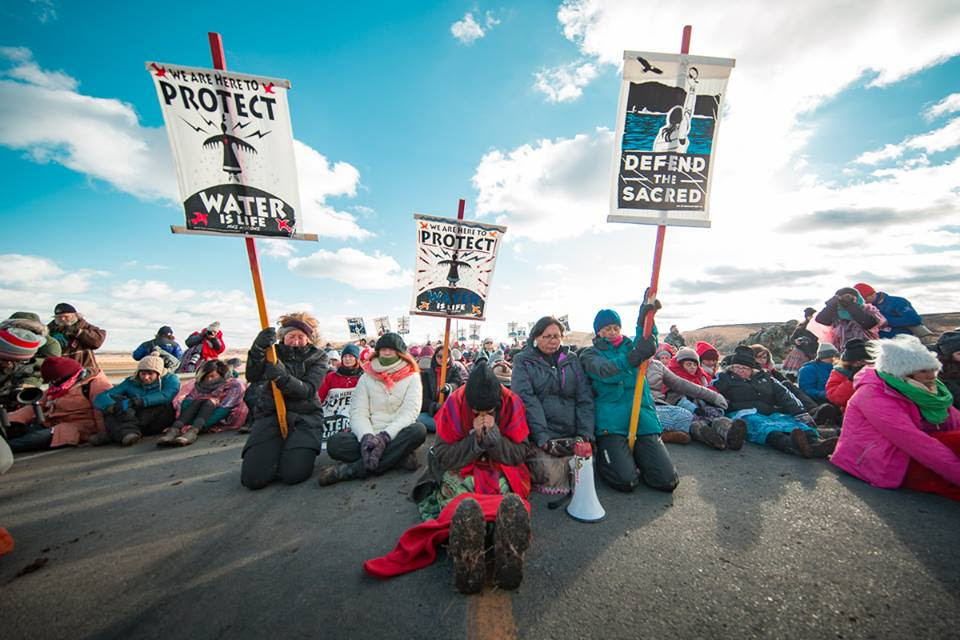
The Standing Rock Sioux in prayer at N. Dakota encampment, Nov. 20th
Report: Friends Center Session with Chief Coker and Chief Perry - End the Doctrine of Discovery!
Sunday, November 20th, the Coalition for Peace Action participated in a large film screening and conference session with the Chiefs of the Lenape of Delaware, and of Rampaugh in New Jersey, and many other panelists, including Judy Wicks, and Dr. Steve Newcomb, via Skype from California, the author of The Doctrine of Discovery and the film adaptation. Food and Water Watch and Pachamama Alliance were key organizers of the event. Unfortunately, at the very same time, the County and State Police were moving in to attack hundreds of the Standing Rock Sioux Water Protectors, seen in the photo above, in peaceable assembly for redress of their long-standing grievances.
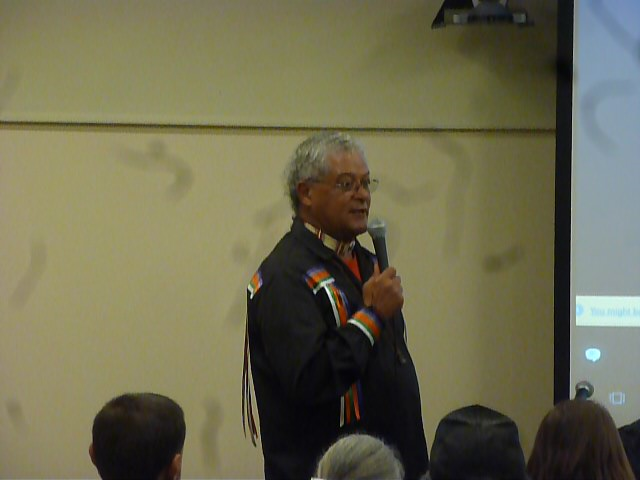
Chief Dennis Coker, Delaware Lenape at Friends Center
Photo credit: Marty Levin, Pachamama Alliance of the Delaware Valley
The Chiefs gave moving accounts of the struggles of the Lenape for recognition on a State level, and reconnecting with Lenape brethren who have established communities as far as Canada and the Western US. The conference opposed the Doctrine of Discovery, with its justification of the colonization and sometimes even genocide of native peoples, the First Nations in both North and South America.
For CFPA, Ed Aguilar presented a brief Power Point Presentation. (As it happens, Ed's grandfather, who was from Quito, in the 1930's was the Governor of an Ecuadorian province with a large Native American population. We discussed how he sought to prevent further encroachment on the lands of these First American peoples, in what was then known as "El Oriente", or Amazonas territory.)
In 1990, the Quito Declaration was made at the first Conference of Native Peoples of North and South America. It continued a long-term movement, which called on the UN Climate Change process to include non-state Native peoples in its proceedings, and to recognize their sovereign rights. In 2007, the UN finally gave voice to these principles, in the Declaration of the Rights of Indigenous Peoples. It passed in the General Assembly by 144-4. The US was one of the 4 opposing states, as noted by Chief Coker - and only in 2010 did the US finally sign on, with reservations. The other 3, Australia, Canada, and New Zealand, have also reversed their positions, and now support this principle of international law.
Actions speak louder than words. Whether the US is really ready to reject the doctrine of Christian Discovery is being tested daily in the struggles at Standing Rock, where the Sioux have received support from hemispheric Native peoples, and many US supporters.
On Thursday, November 24, Judy Wicks, one of our speakers, has organized a group of Pennsylvanians, who are bringing supplies for the Winter Encampment, as the Sioux resist more attacks from the North Dakota state and the Sheriff of then County. Judy and friends will bring a Wampila Solidarity Feast for 500. The Sioux are prepared to stay, despite the many attacks and injuries. The struggle against the Dakota Access Pipeline is a struggle for justice, Native American sovereign rights in their lands under the Treaty of 1851, and for the First Amendment rights of free speech and peaceful assembly.
On December 6th, CFPA has organized a Lobby Day to Washington D.C. On our agenda is stopping the waste of $1 trillion in the federal budget for nuclear weapons, and its use for clean energy, infrastructure, and human needs. One of the most urgent things we'll discuss, led by Chief Dennis Coker, are the needs of the Lenape and all Native peoples of the United States, not just for improved conditions of life, but for respect, human dignity, and recognition of their cultures and sovereign rights as First Peoples.
Email or Call the White House Switchboard - 202-456-1111 - Tell the President, in your own words:
Dear Mr. President,
Thank you for delaying approval of the Dakota Access Pipeline, and ordering the Army Corps of Engineers to fully consult with the Standing Rock Sioux people, whose lands under the Treaty of 1851 are being violated, and will be further, unless you take further action. We call on you to declare a National Monument at Standing Rock, and extending to the area of the Missouri River whose life-giving aquifer is also being threatened. Let the Sioux and Native Peoples live - help them, and don't permit their sacred burial grounds and water resources from being desecrated and contaminated. Many thousands of lives are at stake.
Act now - and call on President-elect Trump, an investor in ETP - Energy Transfer Partners - and a recipient of their campaign contributions, to recuse himself from any decisions that would affect the First Amendment, sovereignty, and Due Process taking rights under the Constitution, of the people of Standing Rock. Thank you.
Additionally, you can make a contribution to the Coalition for Peace Action and designate it to our No Wars, No Warming campaign.
NYC Council ‘Stands United’ With Standing Rock Against Dakota Access Pipeline
Madina Toure • 10/27/16 6:19pm

The New York City Council gave Standing Rock Sioux Chairman David Archambault II a proclamation for his efforts to prevent the Dakota Access Pipeline from being constructed.
The City Council today issued an official proclamation of support to Standing Rock Sioux Chairman David Archambault II, whose reservation has battled the construction of the Dakota Access Pipeline amid fears the oil conduit could contaminate the American Indians’ holy sites and water supply."
_________________________________________________________________________________
What Is the Case of the Standing Rock Sioux, and What Can We Do About It?
October 28, 2016, CFPA
What is really happening in Standing Rock, North Dakota, how could it affect all of us, and what can be done to support American Native Nations against the threats to their way of life, their livelihood, and their very existence on their historic lands? How does the shipment of dirty oil via dangerous, spillable pipelines underneath one of the largest rivers in the US, the Missouri River and its tributaries- how does this affect the existing climate crisis, and us all?
These are questions we all need to face in the coming days, months, and years. We're all on the same planet.
A Few Facts, the Reality on the Ground, and How You Can Help
The Standing Rock Sioux are fighting for their lives - peacefully. Up to 2000 people from tribes and nations around the US and the world, as well as local North Dakota ranchers, came to Standing Rock's historic homelands, to protect the land and the waters against the Dakota Access Pipeline, a large underground and under-river pipeline, which if ruptured would destroy the Sioux nation's water supply, as well as that of many other North Dakotans, and beyond, if it ruptured under the mighty Missouri River. This is an existential crisis for many Americans, and First Nation peoples. And we've seen the same in Pennsylvania, by the big fracking and oil interests, with PA Pipeline East.
Since August, the Water Protectors have camped on their own and federal land, their right under the First Amendment. But the Governor of North Dakota has sent in state and local police, using military vehicles, pepper spray, tear gas, batons, and police dogs, to dislodge and arrest peaceful water protectors from these lands. Some 400+ have been arrested. They claimed the protectors were on "private" lands, but these are historic Sioux lands, with private deeds not recognized under the US-Native American treaties governing the area. Videos of brutal treatment have been seen on Democracy Now, showing treatment of the protectors reminiscent of Sheriff "Bull" Connor and the brutality in the Selma Civil Rights march of 1965. (Lots of good background as well, on Democracy Now.org.)
What Can We Do for Standing Rock, for the Protectors, and for the Climate?
First, the NYC City Council has shown the way for cities across the USA, including in Pennsylvania, New Jersey, and Delaware. Let's go to our Philadelphia, or Princeton, or Trenton or Wilmington City Councils and say - Stand up for our fellow Americans, and the First Nations, being trampled under for asserting their rights to free speech and assembly! They can do so with a supporting Resolution, and also resolutions about PA Pipeline East and other threats to the people.
Second, we can support the Standing Rock Water Protectors directly. You can send contributions to winterize the camps, and help the Standing Rock cause, to www.StandingRock.org - and go to the Dakota Access Pipeline Fund on their Home Page. You can also call the Office of Governor Dalrymple, in North Dakota - tell them to stop, and tell President Obama to enforce an order to stop the pipeline. YOU CAN PHONE OR FAX - Gov. Jack Dalrymple:
Phone: 701.328.2200 Fax: 701.328.2205. Tell the Governor - The Standing Rock Water Protectors need justice- please stop the pipeline, and protect the First Amendment - let them speak, without harassment!
White House:
Call the President:
PHONE NUMBERS
Comments: 202-456-1111
Switchboard: 202-456-1414
Finally - many area organizations are coming together, on November 20th at Friends Center, including CFPA, to hear more about this struggle, about the Lenape Nation in New Jersey, Pennsylvania, and Delaware, their own self-determination and anti-colonial struggles, and how they relate to anti-fracking and anti-PA Pipeline East struggles, for example. Please stay tuned for more details, and Save the Date!
____________________________________________
Ed Aguilar, for Coalition for Peace Action
October 28, 2016
Article by Coalition for Peace Action (CFPA) Pennsylvania Director Ed Aguilar featured in the Philadelphia Inquirer!
Will climate-change plan work?
"In the first presidential debate ("Showdown," Tuesday), Hillary Clinton showed she was prepared to lead strongly on college education, affordable day care, equal pay, criminal justice reform, and the threat of nuclear weapons. Donald Trump had no good ideas on these key issues, focusing on an isolationist platform on trade and questioning NATO and other alliances." Click here to read the full article!
Click here to read a Statement from the Coalition for Peace Action on the HFC Draft Agreement at the United Nations
PARIS CLIMATE ACCORDS TO ENTER INTO FORCE BY END OF 2016 – What Next?
Coral Davenport, NY Times, September 21, 2016:
UNITED NATIONS — The United Nations secretary general, Ban Ki-moon, is expected to announce on Wednesday that he has secured enough commitments from world leaders to ensure that the 2015 Paris climate accord will enter into legal force this year, binding the next American president, whoever it is.
The milestone is in reach in large part because Mr. Ban, who sees the climate deal as a centerpiece of his legacy, began a sustained push to win the formal approval of 55 countries representing 55 percent of global emissions — the threshold needed to put the accord into force…. including Russia and South Korea.
“We are absolutely certain that we will have the Paris agreement entering into force by the end of 2016,” said David Navarro, a special adviser to Mr. Ban.
Comment: What Happens Next, to Save the Climate?
A PEACE AND CLIMATE JUSTICE Perspective:
This Agreement is the culmination of many years of stop-and-start negotiations. It comes about none too soon; however, it is still not enough.
The good news – the European Union will vote as a bloc to accept the Agreement, on October 8th, and it is expected to pass easily in the European Parliament, representing 28 nations. Russia, too, has signaled that it will comply, and the US and China have already signed on. Another 20 nations or so are expected to submit their ratifying documents at the UN this week. We will then be very close to entry into force of the Paris Accords.
If the agreement goes into effect this year, once 55% of greenhouse-gas emitters sign on, it has the binding force of international law. Thus, even if a candidate such as the US’s Donald Trump, who has called man-made climate change of “minimal effect”, should win, and seek to withdraw the US – under the agreement this can only happen after four years – the Paris Accords will be the law of the land, and of the planet, and we should welcome this fact.
Why is it not enough? First, the way the Paris Agreement brought China, India and others on board, was to make the Agreement a set of voluntary pledges. It is important to see if those pledges are indeed honored. Second, the pledges themselves don’t go far enough. Third, the Agreement covers CO2, perhaps the main greenhouse gas affecting climate; but it does not address CFC’s (chlorofluorocarbons) used in refrigeration, which are actually much more potent by volume as heat-trappers for the climate than CO2, nor methane, which is also a potent greenhouse gas – and a product of fracking.
The next US President, then, needs to take the next step – work on CFC’s and methane, and bring along many other nations, as happened on CO2 in Paris. Then, we need to set standards that work, and that will actually reduce the chances of a runaway climate in the next twenty years – it’s a tall order, but if we can go to the moon and Mars, we can cut greenhouse gases on Earth. Our children’s way of life, our beautiful coasts, oceans, and the very air we breathe, depend on it. And in places such as Bangladesh, coastal Alaska, parts of Louisiana, the Marshall Islands and many low-lying islands and shorelines around the world – including Boston Harbor, Staten Island, Coney Island, New Jersey barrier islands, Miami Beach, and Key West in Florida – many lives and property that will be otherwise at risk in coming years, can still be saved.
________________________________________________
Thanks to all who wrote to the White House, to help push these votes, and this issue. To join the Peace and Climate Justice committee, which will be working with Congress and the next Administration on these issues, please Email eaa.pna@gmail.com, or see our No Wars/ No Warming pages for next updates, meetings, and action steps.
Comment by Ed Aguilar, PA Director of the Coalition for Peace Action:
"Worst Short-Term Threats to Climate.”
We Need Progress on CFC's, and Methane Gas CFC’s (chlorofluorocarbons), used in refrigeration, release 10,000% more heat-trapping gas by volume than CO2, into the atmosphere. But, there's some good news, in the article below - the US and China have agreed to seek to outlaw their use this year. We must push for this to be completed! Also, methane gas traps 80% more heat than CO2, in the short term, and methane is the main component in “natural” gas – thus, gas is NOT a bridge fuel. It must be replaced, by wind, wave, and solar. Here's a memo from the U.S. Council for Environmental Quality, sent to us after the G20 Meeting in China, September 3, 2016.
The Coalition for Peace Action (CFPA) co-led the Peace and Climate Justice contingent at the March for a Clean Energy Revolution, attended by 10,000 on Sunday, July 24 in Philadelphia on the eve of the Democratic National Convention.
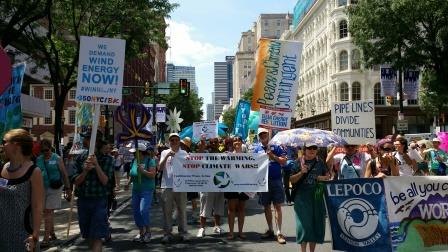
CFPA leaders (center behind Stop the Warming Stop Climate Wars banner) help lead demonstration in Philadelphia. Photo by Irene Goldman.
See more photos at bottom of page.
There was a lot of press coverage on the march, including the front page of the New York Times. The following are just some of the press publications of the march in general:
http://templeupdate.com/thousands-march-for-a-clean-energy…/
https://stateimpact.npr.org/…/clean-energy-advocates-urge-…/
http://www.metro.us/…/thousands-of-…/zsJpgx---sKCzO2Ouomdx6/
http://www.commondreams.org/…/demonstrators-demand-clean-en…
http://www.philly.com/phi…/blogs/stuniversity/388079216.html
Assistant Director Alesha Vega was quoted in the following two publications:
Eco Watch: http://www.ecowatch.com/10000-march-in-philly-calling-for-a-clean-energy-revolution-1943067458.html
Common Dreams: http://www.commondreams.org/newswire/2016/07/24/over-10000-march-eve-democratic-national-convention-demanding-fracking-ban-and
CFPA Chair Irene Goldman, PA Office Director Ed Aguilar, and Alesha were also interviewed on the Real News Network. Video footage is here: http://therealnews.com/t2/index.php?option=com_content&task=view&id=31&Itemid=74&jumival=16832
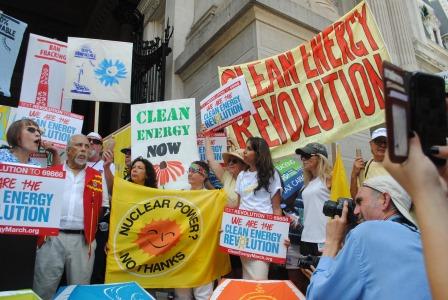
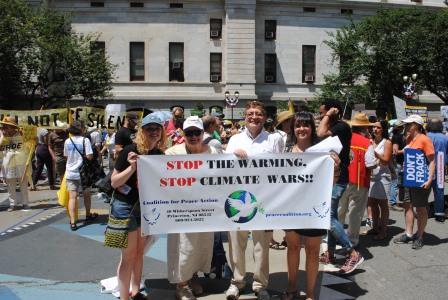
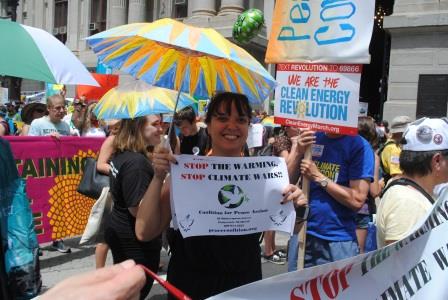
To view Full Album of Photos, Click Here! Special thanks to Emilie Beck for the above photos.
'Gasland' director to attend screening of his latest film on climate change at historic Newtown Theatre Bucks County Courier Times Wednesday, June 08, 2016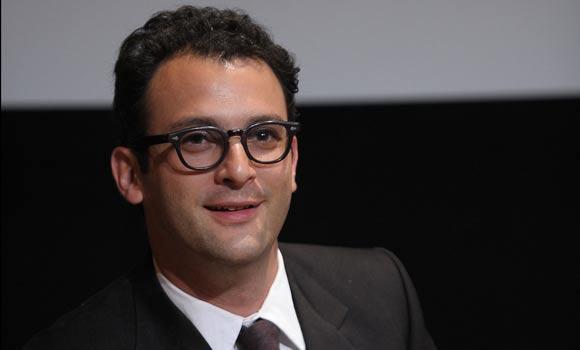 Newtown Borough >> American film director, playwright and environmental activist Josh Fox, best known for his award-winning documentary, “Gasland,” will appear in person at the Newtown Theatre, 120 North State Street, Newtown, on June 18 at 2 p.m. to speak about his latest film on climate change, “How to Let Go of the World (And Love All the Things Climate Can’t Change).”
Newtown Borough >> American film director, playwright and environmental activist Josh Fox, best known for his award-winning documentary, “Gasland,” will appear in person at the Newtown Theatre, 120 North State Street, Newtown, on June 18 at 2 p.m. to speak about his latest film on climate change, “How to Let Go of the World (And Love All the Things Climate Can’t Change).”
“How to Let Go of the World” is Fox’s personal take on climate change. Covering 12 countries on six continents, he presents a message of hope and creative possibility. Just before the Democratic National Convention, a national, family-friendly March for a Clean Energy Revolution will occur in Philadelphia on Sunday, July 24. Organizers hope the film will inspire Bucks County residents to participate. Josh Fox is a resident of Milanville.
There is no admission charge, but at the end of the film, donations will be accepted. The event is sponsored by 350 Bucks County PA, Coalition for Peace Action, and Delaware Riverkeeper Network. (Read Complete Article)
April 15, 2016 CFPA Philadelphia Screening of Josh Fox's New Film, How to Let Go and Love What you Know Climate Can't Change
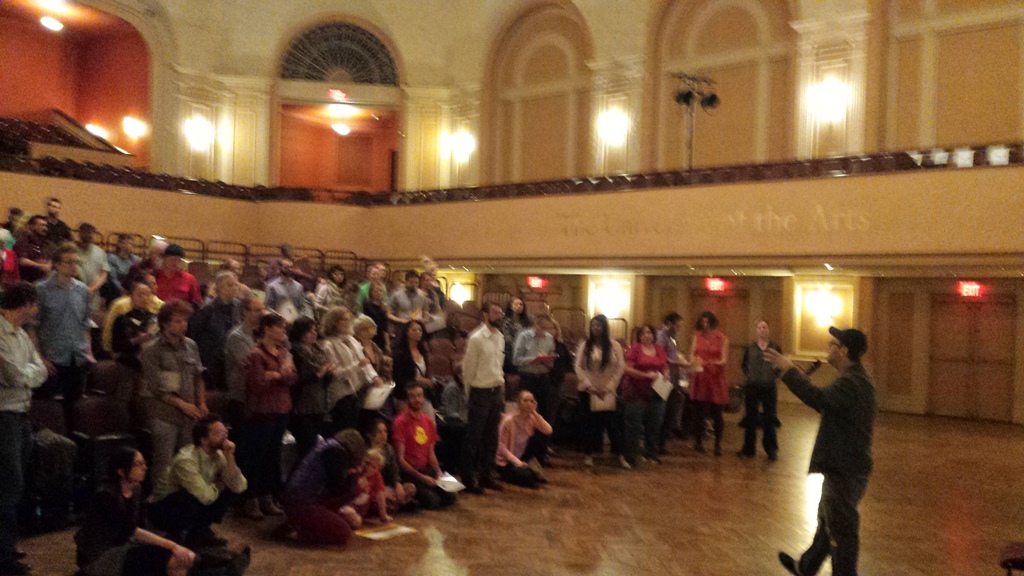 Josh Fox engaging in discussion with the crowd post-screening of How to Let Go and Love What you Know Climate Can't Change on April 15, 2016 at the University of the Arts, Philadelphia
Josh Fox engaging in discussion with the crowd post-screening of How to Let Go and Love What you Know Climate Can't Change on April 15, 2016 at the University of the Arts, Philadelphia
CFPA and many allies joined filmmaker Josh Fox for an amazing performance in Philadelphia on Friday, April 15th, at University of the Arts. The documentary, dubbed How to Let Go and Love What you Know Climate Can't Change, had a long name but a powerful message - universal human values can win. We can win against climate change, and against those reactionary forces keeping social change from happening. The way it this was expressed was very cool, the cinematographic effects were extremely well done, even using drones for zooming out into space.
Most importantly, Josh's stories of people he met on four continents, from China, to Vanuatu in the Pacific, to Ecuador, South America, to Sheepshead Bay, Brooklyn, after superstorm Sandy were enlightening and heart-wrenching. Highly recommended!
Ed Aguilar
www.peacecoalition.org
Pennsylvania Director
Click below to read The Climate-Nuclear Nexus
by past CFPA Membership Dinner Keynote Speaker,
John Burroughs, J.D., ED of the NY-based Lawyers
Committee on Nuclear Policy (LCNP), and the UN Office of International Association of Lawyers Against Nuclear Arms (IALANA)
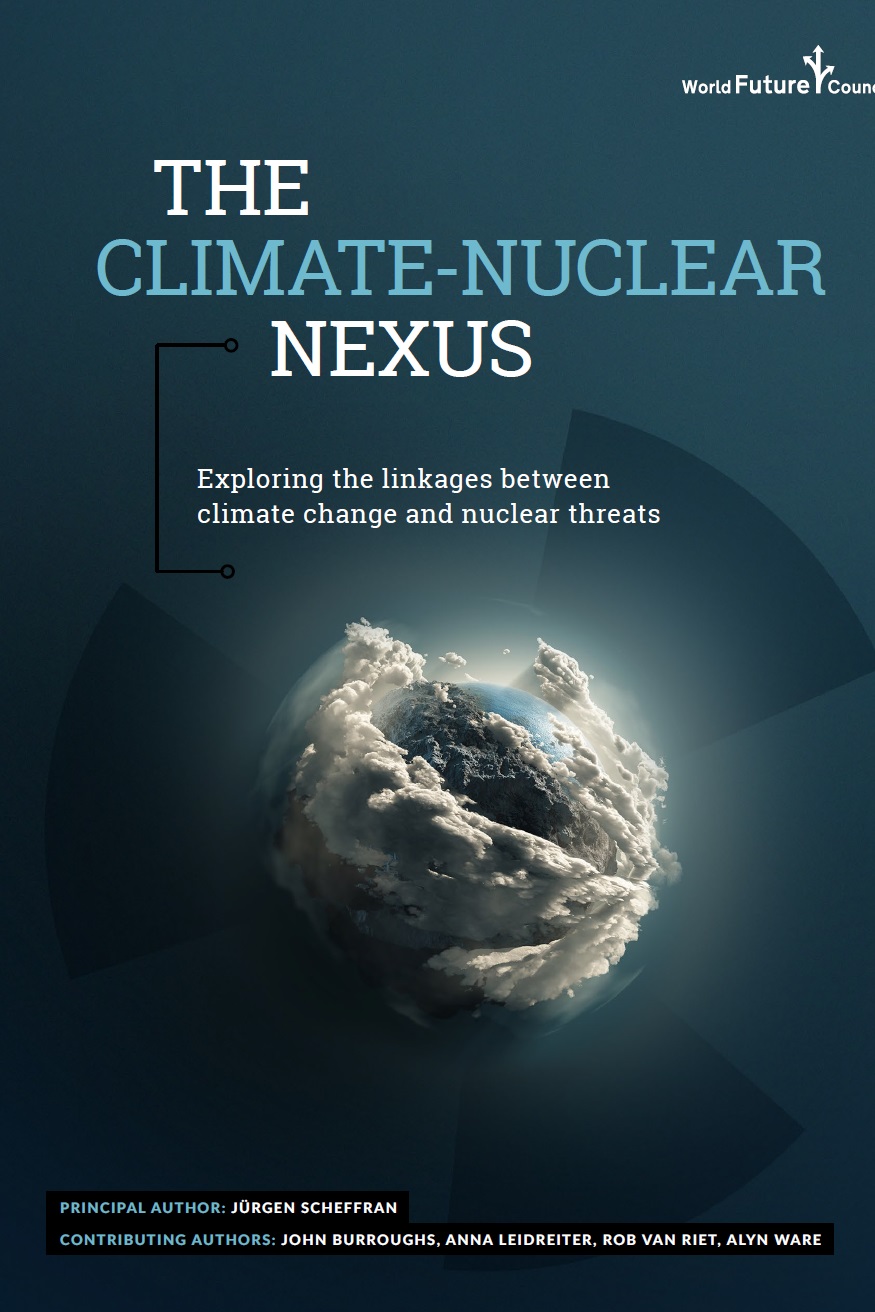
DoD Releases Report on Security Implications of Climate Change
DoD News, Defense Media Activity - WASHINGTON, July 29, 2015
Global climate change will aggravate problems such as poverty, social tensions, environmental degradation, ineffectual leadership and weak political institutions that threaten stability in a number of countries, according to a report the Defense Department sent to Congress yesterday.
The Senate Appropriations Committee requested the report in conjunction with the Defense Appropriations Act for Fiscal Year 2015, asking that the undersecretary of defense for policy provide a report that identifies the most serious and likely climate-related security risks for each combatant command and the ways those commands integrate risk mitigation into their planning processes. (Read Complete Report)
Let's begin a "clean" slate in 2016! - NJ bill to increase percentage of state's energy from renewables
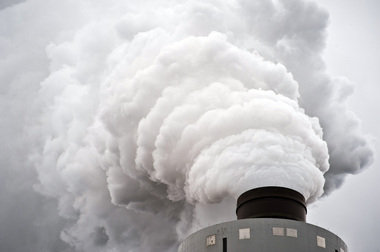
The NJ Senate recently passed S2444 by 25 to 14, which would require the percentage of the state’s energy from renewables to increase every 5 years to 80% by 2050. Tom Gilbert, ReThink Energy NJ’s campaign director, explained the importance of getting the bill enacted into law to New Jersey’s future in his 12/31/2015 op-ed in the Star Ledger.
With the NJ Assembly’s current session nearly over, we can make a difference by asking Assembly Speaker Vincent Prieto 201-770-1303 and Majority Leader Louis Greenwald 856-435-1247 to post (meaning to schedule) the passed Senate version of the S2444 bill for a floor vote (without needing a new hearing in the Assembly) for Monday, January 11, 2016.
If you would rather email, go to http://www.njleg.state.nj.us/members/abcroster.asp, click on Prieto’s and Greenwald’s member pages and each time click on the Contact Your Legislator(s) link. Thank you!
Information Courtesy of New Jersey Peoples Climate Group, January 4, 2016.
For 2016, Peace, and a Cooler,
Happier Earth
As we enter the New Year, we are thankful that the Paris Agreement on Climate Change took some vital first steps. But we must go beyond Paris, to really get to a cooler Earth—and avoid the most catastrophic results of climate change. Two big changes must be made:
- Really Tackle Methane Emissions—they’re as bad as CO2.The evidence is in this report.
- Develop real enforcement powers, before the 2020 Climate Review Conference. (That’s a tough one, more on this later.)
Why are both of these steps vital?
METHANE is Natural Gas. It is also as bad, or worse, for climate change in the next 20 years, as CO2. And, any climate nerd can tell you, pound for pound, methane is 87 times—yes, 87 times—more toxic for the environment, and more powerful as a heat-enhancing gas, than carbon dioxide, in the short-term. But, the “short-term” is defined as in the next 20 years—a key time to cool, not heat the Earth.
Why is methane a big problem? Here’s an explanation from EDF, the Environmental Defense Fund:
“EPA targets methane, but more action is needed- Tougher standards are needed to limit pollution from oil and gas industry”
(See Photo: WildEarth Guardians: Flaring of natural gas near a community in Colorado.)
Stronger federal rules are needed to lower risks of natural gas development.
When it comes to climate change, it’s not only carbon emissions we need to worry about. Another greenhouse gas—methane—is just as important.
Fortunately, the EPA is now finalizing national standards that will, for the first time, directly regulate methane emissions. These standards target the oil and gas industry, the top industrial emitter of methane.
Tougher laws still needed: These rules are essential to turning the corner on climate change, because cutting methane emissions will slow the pace of warming. (Note: This was not really tackled in Paris.)
However, the rules don’t go far enough—they only address pollution from oil and gas facilities that will be built in the future. An important next step is to regulate emissions from oil and gas facilities operating today.
Why? Oil and gas equipment already in use today is a huge source of methane pollution, responsible for a near-term climate impact equivalent to 160 coal plants.
How can you help? The Obama administration and the EPA need to hear loud and clear that Americans support even stronger national standards for methane emissions—from all sources.
LINK: Tell the White House you demand stronger rules
Benefits beyond climate- Lowering natural gas pollution will also:
- Save lives. Lowering air pollution related to oil and gas operations helps reduce smog and other toxic pollution.
- Reduce waste. The oil and gas industry loses enough methane every year through leaks and intentional venting and flaring to meet the heating and cooking needs of over 5 million homes.”
(CFPA would add: Methane is the biggest threat of global warming that can be cut easily in Pennsylvania—e.g., by banning hydraulic fracking natural gas wells in the State. Tell Governor Wolf: Stop all new fracked wells in Pennsylvania, and phase out all the rest! See resources below.)
More EDF Reports: Job growth in methane mitigation; Technology: Catalyzing new monitors for methane gas wells.
What can we do? PA and CFPA Resources:
Groundswell Rising: Safeguarding Our Children’s Air and Water: This remarkable motion picture shows the struggles of people in many communities around the United States, to fight fracking, and methane emissions—you can see this ground-breaking film through the Coalition for Peace Action. Contact: Ed or Alesha, at www.Peacecoalition.org, No Wars, No Warming, avega@peacecoalition.org, to find out how you can access this great film, and arrange for a showing with Producer-Director Mark Lichty, and other experts at your organization, or at your church or community center. Groundswell Rising has been praised as a break-through motion picture, and has been shown at film festivals from L.A. to N.Y., to the parallel Solutions Conference, in Paris during the UN-sponsored COP-21 conference.
If you want to participate, contribute to this effort, or join the Peace Coalition, go to www.Peacecoalition.org, or call 215-480-7744. To make your contribution tax-deductible, go to the Website today, and make your pledge to “Peace Action Education Fund”, our 501-c-3 tax-exempt organization. Thanks, and Happy New Year!
Edward A. Aguilar, J.D.
Pennsylvania Director
Coalition for Peace Action
Friends Center, 1515 Cherry Street
Philadelphia, PA 19102
“We'll Always Have Paris”
Victory for a New Diversity Coalition-Now the
Hard Part Begins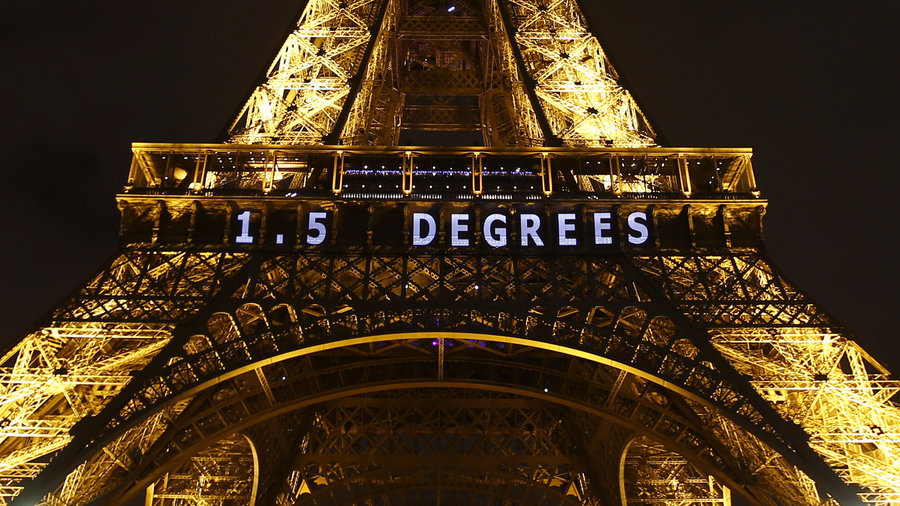
(Photo courtesy of Avaaz.org)
So one thing is clear: Paris was not Copenhagen. Nor was it Valhalla. But it is a real start of an urgent process. Paris was also a success for a new "High Ambition Coalition". This is the first time that countries from the Marshall Islands to the Maldives united with Brazil, the European Union, the United States, and 79 countries from the Global South, with a joint proposal that won the day.
[Inset: A Slide Show of People's Actions for a Paris Agreement]
By contrast, in Copenhagen 2009 the Global North countries tried to high-pressure the Global South, and things quickly went awry, ending in no agreement. The Paris Agreement, December 12th, did not achieve everything we hoped-- but it took several major steps down a path which if followed can lead to victory for a 1.5o Celsius global temperate increase, and prevent very dire results. We've seen climate activists and others take a glass-half-empty attitude to Paris 2015. Our analysis is a glass-half-full.So how did it happen? (Read Complete Analysis by CFPA-PA Director, Ed Aguilar, HERE!)
KEY PLAYERS in the PARIS TALKS
Sometimes it’s hard to know the players without a scorecard. Here is an excerpt of the players in Paris, and the key roles they will play in the success, or failure, of the current round of COP-21 (Conference of the Parties, Paris), as the critical second week of talks comes to a head. This article also puts the history—and future—of climate change in perspective. Next time: War, peace, and the climate crisis.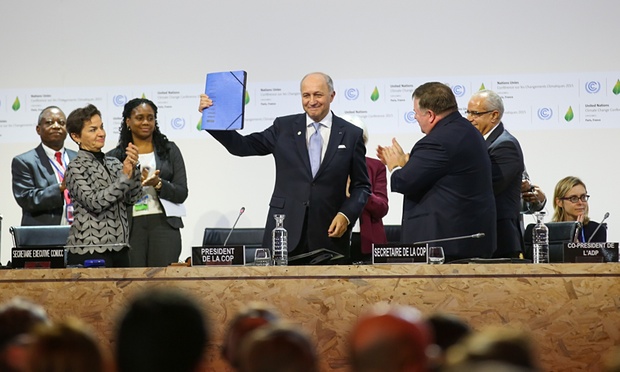 Laurent Fabius, COP 21 president and France’s foreign minister, holds up the draft Paris outcome on 5 December 2015. Photograph: IISD
Laurent Fabius, COP 21 president and France’s foreign minister, holds up the draft Paris outcome on 5 December 2015. Photograph: IISD
Fiona Harvey and Suzanne Goldenberg in Paris Monday 7 December 2015 06.44 EST, Guardian.com
Last modified on Monday 7 December 2015 06.46 EST
…In the crunch second week, still significant areas of disagreement, but also optimism at the talks that a deal can be done. The negotiating text has been pared back to just over 20 pages – a far better position than at the equivalent point at the Copenhagen talks. Some of the key players in Paris…
(To read complete article, Click Here!)
Join the No Wars, No Warming Holiday Conference December 5th, and Follow Paris COP-21 Climate Action Talks Online!
Climate action talks (COP-21) began in Paris on Monday, November 30th. They are already controversial. We at No Wars, No Warming hope they succeed—but part of what we need to do is see what it will take to succeed.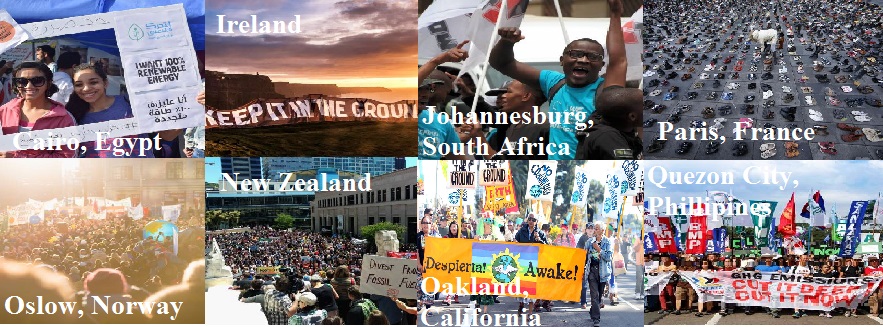
One measure of success is the official standard—the UN, in previous accords, has set a goal of preventing the increase in temperatures from reaching 2.0 degrees Celsius, or 3.6 degrees Fahrenheit above the average global temperature. But some 100 countries or more would like to see the goal be 1.6-degree Celsius limits, or under 3.0-degree Fahrenheit, for a good reason. They are already seeing increased flooding, or drought, or sea level rise, or intensifying storms, or all of the above. They fear, correctly, that over 3 degrees would be catastrophic for their futures, and that of all of us. The US, with drought in California, typhoons intensifying in Hawaii, increased flooding and storms from New England to New Jersey to Florida already, should take heed.
Because of the November13th terrorist attacks, the City of Paris has been in a state of near-lockdown, and demonstrations by the thousands of activists who are now on the sidelines, have been severely cramped, with no mass marches permitted, only a mile-long vigil along the streets of Paris. This led on the first weekend to clashes on the fringes, between several hundred protesters labeled as “anarchists”, and Paris police.
Beyond atmospherics, significant action will be taken in Paris. But don’t expect great achievement on the level we’d love to see happen. For one thing, even the goal of 2.0 degrees Celsius, or 3.6 degrees Fahrenheit, will not be met, according to scientists at the International Panel on Climate Change, and other observers—based on the pledges by over 140 countries so far—unless a more far-reaching agreement is reached.
On Saturday, December 5th, we’ll hold a Princeton Conference on No Wars No Warming, and do online case studies. They include, as you might expect, the U.S. plan, its strengths and weaknesses so far, and what may be done to improve it. So far, the U.S. pledges to reduce its carbon emissions by 26-28% by 2025. That’s significant progress—but as we will show in coming days, not nearly enough to make the difference we need. We will also analyze the fast-changing developments in our neighbor Canada, which recently turned a Conservative leader out of office and elected Liberal Party Prime Minister Justin Trudeau. We’ll discuss what difference this may make—big or small. We’ll also provide a review of leading emitters, such as China, India, Brazil, Russia, and South Africa—the so-called BRICS countries, in mid-development. These are countries which right now produce more than their share of carbon and methane pollution—as does the US—but may have varying levels of compliance with the UN goals. So please stay tuned—and especially, please attend the December 5th Holiday conference in Princeton, where we’ll talk about these critical issues, and hear from several great speakers.
Sincerely,
Ed Aguilar, J.D., CFPA Pennsylvania Director
The Next Genocide
The New York Times Op-Ed By TIMOTHY SNYDER SEPT. 12, 2015
 In Bangladesh, millions of people have been displaced by floods and the rising sea level.
In Bangladesh, millions of people have been displaced by floods and the rising sea level.
New Haven — BEFORE he fired the shot, the Einsatzgruppe commander lifted the Jewish child in the air and said, “You must die so that we can live.” As the killing proceeded, other Germans rationalized the murder of Jewish children in the same way: them or us.
Today we think of the Nazi Final Solution as some dark apex of high technology. It was in fact the killing of human beings at close range during a war for resources. The war that brought Jews under German control was fought because Hitler believed that Germany needed more land and food to survive and maintain its standard of living — and that Jews, and their ideas, posed a threat to his violent expansionist program.
The Holocaust may seem a distant horror whose lessons have already been learned. But sadly, the anxieties of our own era could once again give rise to scapegoats and imagined enemies, while contemporary environmental stresses could encourage new variations on Hitler’s ideas, especially in countries anxious about feeding their growing populations or maintaining a rising standard of living. (Read Complete Article)
Will We Win the Race Against Time, for the Planet?
EcoWatch has just published a column worth reading—and acting upon.
Tom Steyer is a businessman who is pro-renewable energy. He sees it as the only viable future. Steyer has come out with a “50% by 2030” Clean Energy Plan that seems both ambitious and realistic, based on what we’ve seen from Stanford University’s climate project, from thesolutionsproject.org, and other well-researched clean energy sites. He’s also said he’ll support candidates this year, if they endorse the 50% goal. This standard matches the rate viewed by most climate scientists as indispensable, if we’re to avoid catastrophic climate change—far beyond what’s expected in Paris at the Climate Summit this December.
I hope we all read what Steyer has to say—not because he’s a billionaire, but because he has a vision, a sustainable vision, and a path to achieve 100% clean energy by 2050. And then, I hope we all let our favorite candidates know we support these goals, for our children’s future, and for everybody’s future. There’s no time to lose, to get started!
Tom Steyer: 50% Clean Energy by 2030
Bottom of Form
When it comes to climate change and clean energy, America is on the brink of something huge.
-
Nationally we are seeing clean energy starting to compete head-to-head with fossil fuels—and win. In the first half of 2015, renewables account for more than two-thirds of new electricity generation across the U.S. On a level playing field, these renewable resources are already in many cases the cheapest electricity option for new installations.
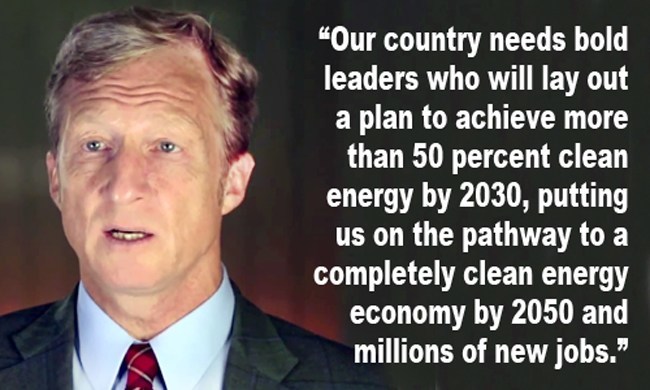
-
This is fantastic news for consumers, but even better news for American jobs. In 2014, the solar industry was the top job creator in the whole energy sector. Over its lifetime, solar creates more than eight times the jobs per megawatt-hour than natural gas or coal. And accelerating the shift to clean energy would lower electricity bills and add millions more good paying jobs right here in the U.S.
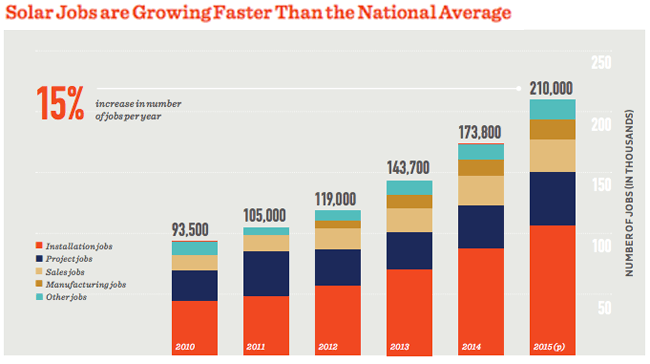
The clean energy revolution is finally happening but in order to lead—or even be competitive—we need leaders who are willing to keep pushing the envelope and accelerate the transition to a clean energy economy.
That is why we’re calling on candidates and elected officials to demonstrate bold leadership and lay out a clear and concrete plan to achieve at least 50 percent clean or carbon-free energy by 2030. Reaching this goal would more than triple renewable energy in our country—putting us on the pathway to a 100 percent clean energy economy by 2050 and millions of new jobs.
This goal, which should serve as the minimum starting point for candidates and elected officials truly committed to accelerating America’s transition to a clean energy economy, will give our businesses the tools they need to do what they do best—innovate, create, and lead the world. More importantly, it will show the American people that our leaders are getting serious about climate change and finally standing up for our kids.
Whether or not candidates make this commitment will be a critical factor for Americans who are deciding what candidates to support at polls. In fact, a recent NextGen Climate poll found that 69 percent of voters in eight battleground states favored powering America with more than 50 percent clean energy by 2030, and with a completely clean energy economy by 2050.
The American public are clamoring for a better future for our kids. American business is ready to lead the way. The jobs are there for the taking. And I expect serious candidates will read the writing on the wall and embrace this tremendous opportunity to put our country on a sustainable path that will promote prosperity for every American.
Smart people across the political spectrum have been considering this question for years, and I’m confident that our leaders will step up to the plate with bold, thoughtful, and concrete plans to turn the global clean energy opportunity into a story of American success.
I can’t wait to hear them.
ECOWATCH: YOU MIGHT ALSO LIKE: LINKS
Coal “No Longer King”, Says EIA Report
Does Elon Musk’s Tesla Model S ‘Signal the Beginning of the End for Oil?’
Renewable Energy Accounts for 70% of New U.S. Generating Capacity in First Half of 2015
Watch an informative video about "Bomb Trains" What about our clean energy future? #StopOilTrains
Oil and fracking bomb trains + pipelines vs. our clean energy future...
Let's remember the 47 who died two years ago today, July 6, 2013, in the Lac Megantic, Canada oil train explosion.
This week over a hundred actions are taking place across North America for the National Week of Action to Stop Oil Trains.
May 2015 - Obama Administration released weak new safety rules that fail to protect the 25 mil. Americans who live in the oil train blast zone, critical drinking water supplies, or wildlife along remote train routes.
60% of people living in danger of exploding oil trains are people of color. Over 25,000,000 Americans and Canadians are at risk of an oil train explosion. We are not going stand quietly and let dangerous crude through our town!
Join us and 100 communities around North America to #StopOilTrains!
StopOilTrains.org
Q. What do these places have in common?
West Virginia, North Dakota, Indiana, Ontario, Canada…
A. Places where an oil train derailed in 2015.
Watch an excellent video on The Future of Renewables!- this video shows how renewables can help solve the dirty energy crisis:
105,015 views Published on Oct 22, 2014 What comes to mind when we think about renewables? Wind turbines spinning in a field, solar panels on a rooftop. But there’s much more to a cleaner energy future than these images in our mind. Creating a renewables-based energy future will take a lot of time, resources, and commitment. This episode highlights the benefits and challenges facing a renewable energy system and explores how we can achieve it.
The Coalition for Peace Action spearheaded a Climate Crisis Earth Day event on the 45th Anniversary of Earth Day, in Princeton, NJ
April 22, 2015 (CFPA's First Earth Day event), entitled: Climate, War, and Peace: Global Crisis and Local Solutions.
 One of the panelists, Karen Feridun, Founder of Berks Gastruth, speaks to an audience of 75 attendees on Natural Gas is not a Bridge Fuel, it's a Gangplank at CFPA's Earth Day Climate Crisis Event.
One of the panelists, Karen Feridun, Founder of Berks Gastruth, speaks to an audience of 75 attendees on Natural Gas is not a Bridge Fuel, it's a Gangplank at CFPA's Earth Day Climate Crisis Event. 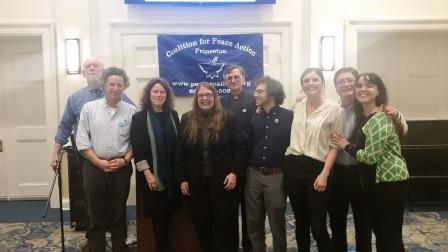 Speakers of CFPA's Earth Day Climate Crisis event on "Global Crisis and Local Solutions". (From left: Dr. Mike Aucott, The College of New Jersey (TCNJ); Dr. David Hughes, Rutgers University; Cymie Payne J.D., Rutgers University, Karen Feridun, Founder of Berks Gastruth; The Rev. Robert Moore, Coalition for Peace Action Regional Director; Atid Kimelman, Tri-State Coalition for Responsible Investment; Lee Ziesche, The Solutions Project; Ed Aguilar J.D., Coalition for Peace Action Pennsylvania Director, Alesha Vega Coalition for Peace Action, Assistant Director.)
Speakers of CFPA's Earth Day Climate Crisis event on "Global Crisis and Local Solutions". (From left: Dr. Mike Aucott, The College of New Jersey (TCNJ); Dr. David Hughes, Rutgers University; Cymie Payne J.D., Rutgers University, Karen Feridun, Founder of Berks Gastruth; The Rev. Robert Moore, Coalition for Peace Action Regional Director; Atid Kimelman, Tri-State Coalition for Responsible Investment; Lee Ziesche, The Solutions Project; Ed Aguilar J.D., Coalition for Peace Action Pennsylvania Director, Alesha Vega Coalition for Peace Action, Assistant Director.)
To view a full gallery of photos on Facebook from the Earth Day event, Click Here (Photos courtesy of Cathy Leary)
To view video of each talk from Earth Day, click the speaker's name below:
Dr. Mike Aucott, The College of New Jersey (TCNJ) Department of Chemistry - Climate Disruption; Seeing through the Nonsense, Getting Beyond the Hopelessness
Cymie Payne J.D., Rutgers University School of Environmental & Biological Sciences - Climate Negotiations, the Road to Paris
Karen Feridun, Founder of the Grassroots anti-fracking organization Berks Gas Truth - Natural Gas is not a bridge fuel, its a Gangplank
Dr. David Hughes, Rutgers University Department of Anthropology - Ethics and tactics of divesting from fossil fuels
Atid Kimelman, Program Associate, Tri-State Coalition for Responsible Investment (NJ, NY, & CT) - Engaging Your Portfolio for Climate Solutions
Lee Ziesche, Grassroots Coordinator, The Solutions Tour - Cut fossils, Grow Renewables
Hundreds pack first N.J. hearing on proposed PennEast pipeline
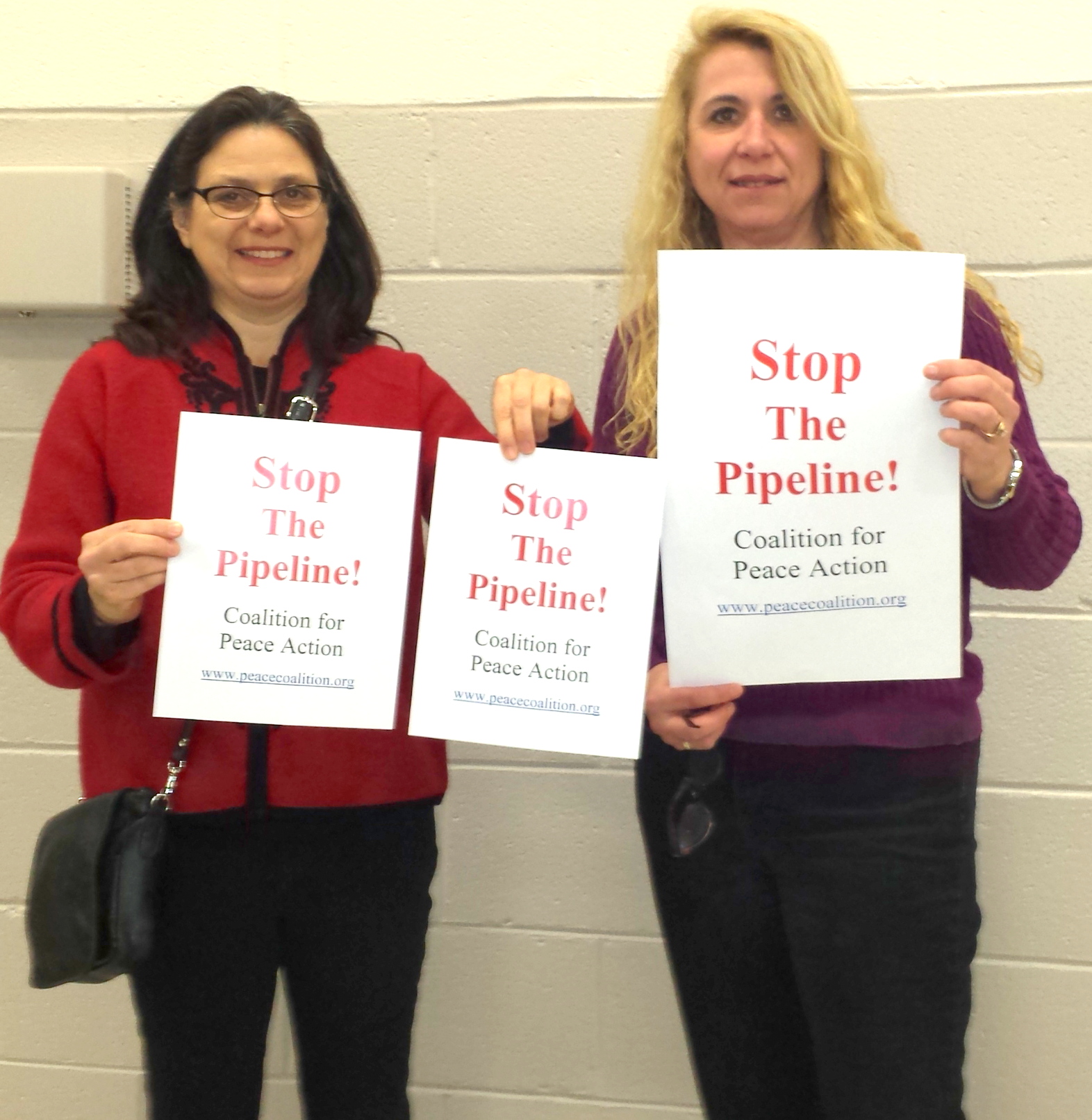
Pictured from left: Jasmine from 350 Bucks County & Cathy, director of BuxMont Coalition for Peace Action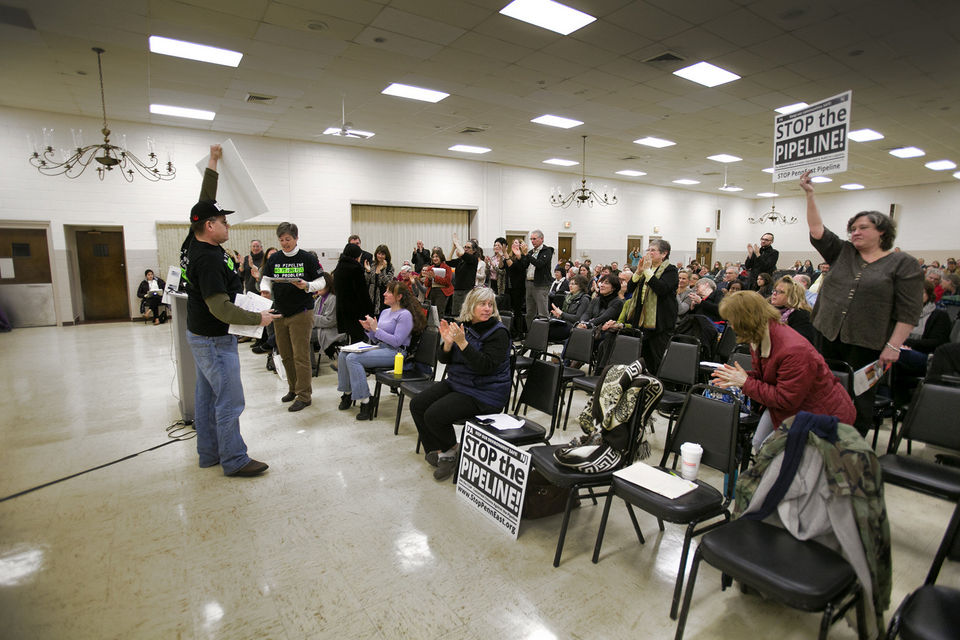
By Cristina Rojas | Times of Trenton February 25, 2015
EWING — Hundreds of people turned out in Ewing Wednesday to speak out on the impact of the proposed PennEast pipeline, a project that has met fierce opposition since it was first announced in August.
About 90 people signed up for a three-minute turn to speak at the public hearing, with most of the crowd overwhelmingly against the project.
The 114-mile, 36-inch-diameter pipeline would span six counties, stretching from Luzerne County in northeast Pennsylvania to Hopewell Valley in Mercer County. It would carry about 1 billion cubic feet of natural gas a day. (To view complete article, Click Here)
"The alternative is not really no tax. It's no drilling, a ban, as in the case of New York."
-PA Governor, Tom Wolf (February 2015)
Sign the petition below through the FWWatch website, as an appeal to Governor Wolf to honor his statement!! Take action to eliminate all new fracking in PA!

Sign Food & Water Watch's petition so Governor Wolf gets the message that we won't settle for anything less than a complete stop to fracking around the state, and to Show Him Our Movement Is Growing !
The Coalition for Peace Action Joins Pennsylvanians against Fracking!
Highlights of Harrisburg Action, and More to Come...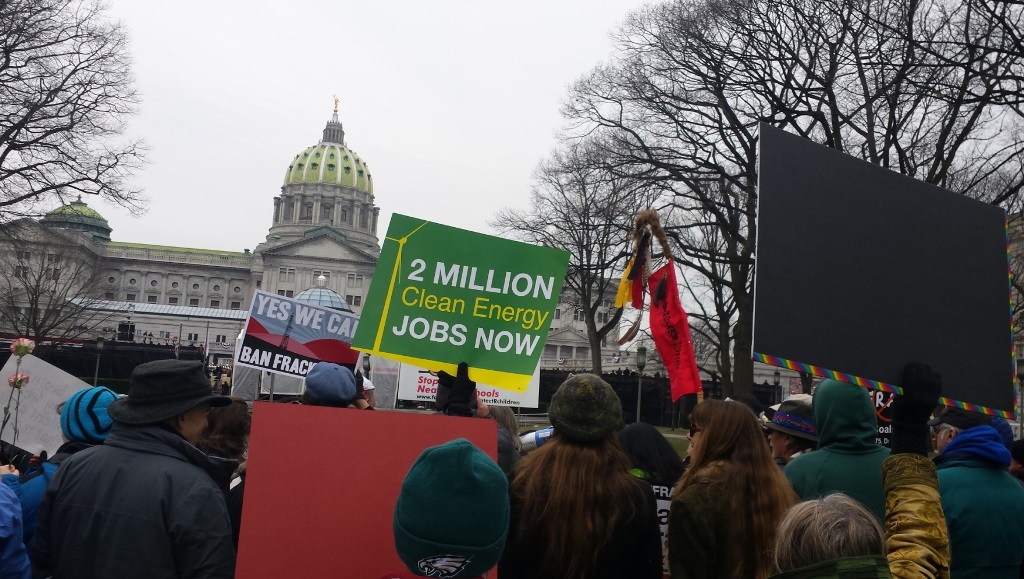
On Inauguration Day, January 20th , the Peace Coalition joined the new alliance, Pennsylvanians Against Fracking, travelling to the State Capitol Building to rally for a ban on fracking. We also called for millions of clean energy jobs in the US, which can be created without fracturing our land, air, water, and people’s lives.
There’s also breaking news: Pennsylvanians Against Fracking, 350 and Friends, will rally at 5 PM, Sheraton Society Hill, in Philadelphia on THURSDAY, JANUARY 29TH, to remind President Obama, visiting our city, that he has promised to veto a pro-KXL Pipeline bill, if passed, and to say: “Deny the Permit – Yes, you can!” Click here for details, or join the 350 Facebook Event, tweet #NOKXLRALLY!
Sign our Anti-Fracking Petition: Email cfpabuxmont1@aol.com, Bucks County; Philadelphia and elsewhere in the Delaware Valley, eaa.pna@gmail.com.
Inaugural Highlights: 250 activists and concerned citizens joined the events of the day:
- Press Conference – We heard from Sam Bernhardt, of Food and Water Watch PA, leaders from Protecting Our Waters, Sierra Club, film-maker Josh Fox, and many others.
- At the State Capitol, we were covered on the local NBC station and elsewhere, as we demanded a ban on fracking. Friends from the Anti-Drones Campaign and Brandywine Peace Community were also in attendance, with a large model of a Predator Drone, the kind used in Afghanistan, Yemen, and Pakistan.
- Inside the governor’s event itself, some 8 protesters were arrested, but let go after brief detention, and a $35 fine.
- At the governor’s mansion, where the Governor welcomed congratulations, several citizens came to ask the Governor to meet with fracking opponents – surprisingly, he said he may actually do so – we must hold him to that!
- CFPA, and our allies in Bucks County and elsewhere, are signing petitions to bring to Harrisburg -- contact eaa.pna@gmail.com in Philly, or cfpabuxmont1@aol.com in Bucks County, to join or sign petitions.
- Next up:
We will continue to show Groundswell Rising, by Renard Cohen and Mark Lichty, the film that inspired many of us on this issue. To obtain a copy or to show the film with CFPA, please Email Ed, at eaa.pna@gmail.com. You can see a trailer at www.Groundswellrising.com.
Finally, don’t forget that on February 7th, we are part of the program on Climate Change in Wayne, PA, co-sponsored by the Peace Coalition at the Central Baptist Church. To sign up or get more information, contact avega@peacecoalition.org, or see the Chapter Events page on the web site. Thanks!
 Governor and Mrs. Tom Wolf, with “Marie Antoinette”
Governor and Mrs. Tom Wolf, with “Marie Antoinette”
(photo credit: Andrew Gellner, “EDGE”)
A Brief Summary of CFPA Climate Action in 2014-2015
- Since April 2014, we participated, or initiated in showing, the Groundswell Rising film at Drexel University, Friends Center, and in Bucks County, along with BuxMont CFPA, and 350 Bucks County. Mark Lichty, the producer, and Ed Aguilar, PA Director, appeared on In Focus with Steve Highsmith on Philadelphia local television, debating a pro-fracking vice president from the Commonwealth Foundation.
- We organized hundreds of Pennsylvanians to join the huge People's Climate March in September in New York City, which gave great momentum to the climate change movement. We formed an alliance with 350. org, worked with Pennsylvanians against Fracking, and reinforced our ties with other peace and environmental groups. The Climate March had an impact on President Obama's policies, by showing how much greater public support for climate action is than for climate denialism, the notion that humans have no role in the climate crisis. Increased CO2 (fossil fuels) and methane (gas fracking) has had much to do with this growing threat. We will collaborate with People’s Climate again – stay tuned!!
- Our CFPA objective on the anti-fracking campaign in Pennsylvania is to connect the dots among militarism, war, and the threats to the climate and environment posed by fracking and the carbon industry. The second is a more specific objective: we seek a ban on fracking in Pennsylvania, as New York has recently done, and compensation for fracking victims,
- In 2015, we are continuing the “No Fracking in Pennsylvania” Petition to Governor Tom Wolf. The Peace Coalition, PA Against Fracking, and other allies will continue to demand he actually meet with families from the shale fields, whose health, that of their children, and whose water, air, and home values have been severely affected by gas fracking – so far, without compensation. He should also make “A fresh start”, as he has promised voters, and ban new wells, not just tax frackers. Pease sign the petition, to compensate the families, and ban future fracking – as the sign above says, “Yes We Can” ban fracking!
Contacts: Ed Aguilar, PA Director; Alesha Vega, Assistant Director, Princeton HQ; Cathy Leary, Buxmont Chapter. Go to: www.Peacecoalition.org
Support the work of CFPA: Click HERE to support our work on peace, nuclear weapons, anti-violence, and for positive climate action!
Senate Republicans to try to force
construction of Keystone pipeline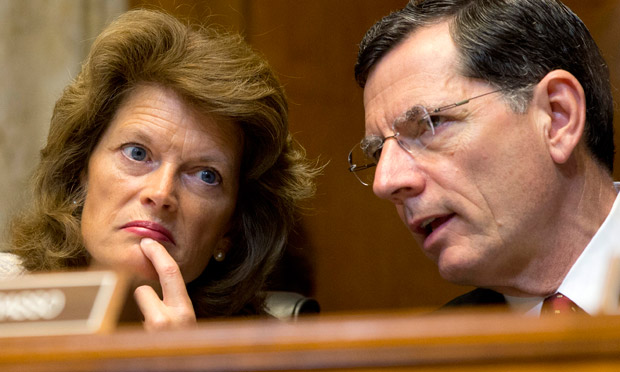
Republican Senator Lisa Murkowski is set to introduce a bill to grant immediate approval of the Keystone XL pipeline.
By Suzanne Goldenberg Tuesday 6 January 2015, The Guardian
Republicans will introduce a bill on Tuesday to force construction of the Keystone XL pipeline, setting the new Congress on a collision course with the White House over Barack Obama’s environmental agenda.
The Keystone XL bill aims to take the decision about the controversial pipeline out of the president’s hands. It is seen as the first shot in an all-out Republican offensive against the Democratic president’s environmental and health agenda.
The bill is expected to pass but it faces a potential veto from Obama. (To read complete article, Click Here)
A brief summary of what we have been doing on the No Wars, Warming issue in 2014:
- Since April, we have participated, or initiated in showing, the Groundswell Rising film at Drexel University, Friends Center, sponsored by CFPA and allies, and in Bucks County, co-sponsored by BuxMont CFPA. Mark Lichty, the producer, and I also appeared on In Focus with Steve Highsmith on Philadelphia local television, debating a pro-fracking vice president from the Commonwealth Foundation. We are discussing a follow up appearance with Steve.
- Together with a delegation organized by Alesha from CFPA Princeton, we organized hundreds of Pennsylvanians to join the huge People's Climate March in September in New York City, which gave great momentum to the climate change movement. We formed an alliance with 350. org, both in Philly and in Bucks County, and reinforced our ties with other peace and environmental groups. I believe this march has already had an impact on President Obama's policies, liberating him to release his inner Obama on the KXL pipeline and other climate issues, by showing how much greater public support for Climate Action is than for Climate Denialism.
- Our objective on the anti-fracking campaign in Pennsylvania is to connect the dots among militarism, war, and the threats to the climate and environment posed by fracking and the hydrocarbon industry.
The second is a more specific objective: we seek a ban on new fracking wells, for all the above reasons, as well as a moratorium on permits, and a total ban on fracking on state land.
We began circulating a petition on December 6 at the showing of Groundswell Rising, which so far has approximately received 375 signatures, addressed to incoming governor Tom Wolf.
On January 7, Liz Arnold, Marisha and I are scheduled to do further petitioning at West Philadelphia university campuses. Our aim is fairly modest, 500 to 1000 petitions signed by January 19th, which I think is doable. Cathy Leary and Jasmine Spence have also agreed to do more petitioning in January. Jasmine is the leader in 350 .org in Bucks County, and has gotten good support both for our appearance in December, and will sponsor another showing of the film at the George School in the coming months. Finally, on February 7th, I will be part of a program put together by Jane Dugdale at the Central Baptist Church in Wayne, PA, on the spiritual and political issues involved in climate change, earth stewardship etc.
In Pennsylvania, pending for the spring, probably on Saturday March 27, is an appearance by professor Frank von Hippel, to which we are inviting as well Jamal from the Iranian Council, and several former ambassadors who live in the Philadelphia area. We are negotiating with the Office of International Programs at Drexel University to present this program there. If not, that will occur at Friends Center in Philadelphia, but we should know fairly soon.
Ed Aguilar
Pennsylvania Director of the Coalition for Peace Action
Photography: Fracking State Forests
Infrastructure for fracking in Tiadaghton State Forest, Pennsylvania. photo: Kyle Pattison
by Joshua B. Pribanic on June 16, 2014
In late spring Public Herald contributing artists set out at dusk with cameras in hand to document fracking in Pennsylvania’s Tiadaghton State Forest, where activity has recently increased after Governor Tom Corbett opened up 25,000 acres of new leasing and development on public lands (see full photo album). Corbett’s decision sparked a legal battle that’s been well reported in a series by Donald Gilliland at PennLive. 130,000 acres of State Forest were originally opened to oil and gas leasing by Gov. Rendell, but Rendell placed a moratorium on further leasing before leaving office. In 2009 DCNR officials released a report that any additional development in State Forests would cause permanent harm to those ecosystems. (to see complete article Click Here)
There's Been HOW Many Pipeline Spills in Alberta in The Last Four Months??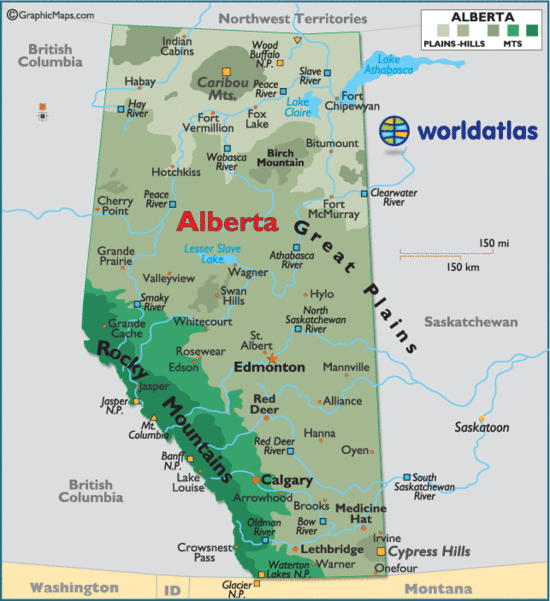
Nov 17, 2014 by Gwennedd
Alberta, Canada is basically a petro state. Oil and gas production rule everything and it's happening everywhere in the north of the province. Pipelines criss cross most of Alberta. As a result, leaks of wells, facilities and pipelines are a constant thing all over the province.
But we Canadians almost never hear about them. Our main media, CBC, does not provide any coverage of the many, many spills and gas releases that happen every month, nor the efforts to clean up the messes. They're simply not considered news...at least not on the scale of disasters like some attention grabber showing up at the War Memorial on Remembrance day in uniform and bedecked with medals..none of which (uniform included) belonged to him. The guy is under arrest for impersonating an officer.
But back to the non news. It seems someone is taking notice. West Coast Native News (WCNN) has been quietly keeping tabs on all the spills and leaks. What they have found is shocking!! (To Read Complete Article Click Here)
South Dakota Sioux tribe calls Keystone XL pipeline approval 'act of war'
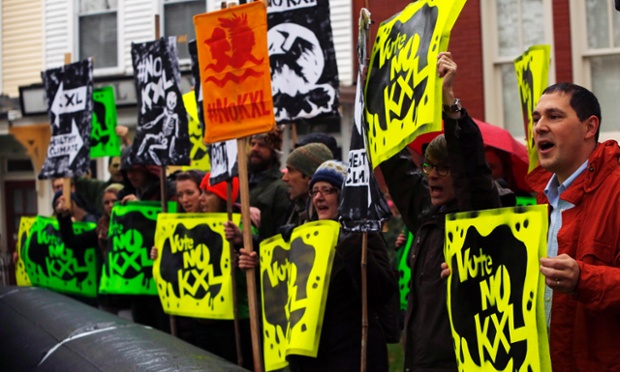
by Amanda Holpuch The Guardian Monday 17 November 2014
A Native American tribe in South Dakota has called a congressional vote to approve the Keystone XL pipeline an “act of war” and vowed to close the reservation’s borders if the US government tries to install a pipeline there.
The prospective route for the pipeline, which would connect Canadian tar sands fields to the Gulf coast, runs through the 922,759-acre (1,442 sq mi) Rosebud Sioux reservation in south-central South Dakota. The House of Representatives voted 252-161 on Friday to approve the pipeline.
“I pledge my life to stop these people from harming our children and our grandchildren and our way of life and our culture and our religion here,” the tribe president, Cyril Scott, said on Monday. He represents one of nine tribal governments in the state. (To Read Complete Article Click Here)
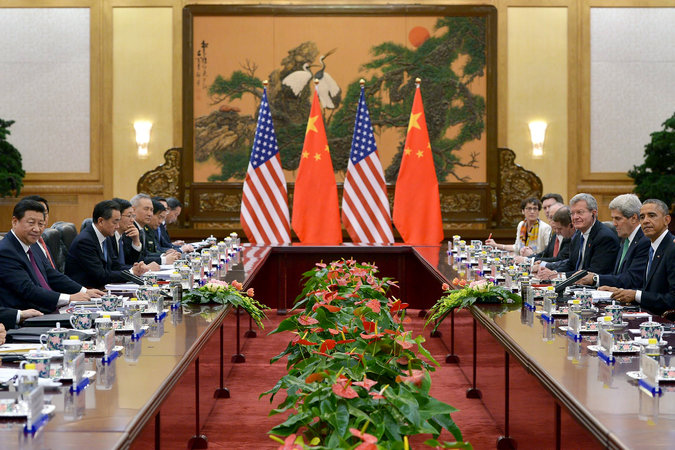
President Obama and President Xi of China, with their delegations, Great Hall of the People in Beijing on Wed 11/12. Credit: Mandel Ngan/Agence France-Presse—Getty Image
US – Chinese “Historic” Agreement on Climate Action: What Does It Mean, and Will It Help the 2015 Paris Treaty on Climate Action?
Ed Aguilar, eaa.pna@gmail.com
The US and China announced on Wednesday, November 13th that they had agreed on increasing “substantially” their national programs to reduce carbon-dioxide emissions, which create great risks for the world’s climate. If this agreement works out between the top two world carbon-emitters, it is a breakthrough which improves the chances of success in Lima in December, and for a Treaty of Paris on Climate Action, targeted for 2015.
So, how significant is the agreement, which John Kerry, Secretary of State, is calling “historic”?
The new U.S. goal set by President Barack Obama is to reduce carbon-based emissions by 26-28%, by 2025. This is a significant improvement over the previous goal, 17% reductions. Climate activists naturally argue we can do better - and we can - yet this is an important reduction, if fulfilled by 2025. Of course, the devil is in the details, and we look forward to getting much more detail. See, http://www.nytimes.com/2014/11/12/world/asia/china-us-xi-obama-apec.html?_r=0
Excerpt, NY Times Story: BEIJING — China and the United States made common cause on Wednesday against the threat of climate change, staking out an ambitious joint plan to curb carbon emissions as a way to spur nations around the world to make their own cuts in greenhouse gases.
The landmark agreement, jointly announced here by President Barack Obama and President Xi Jinping, includes new targets for carbon emissions reductions by the United States and a first-ever commitment by China to stop its emissions from growing by 2030.
Administration officials said the agreement, worked out quietly between the United States and China over nine months and included a letter from Mr. Obama to Mr. Xi proposing a joint approach, could galvanize efforts to negotiate a new global climate agreement by 2015.
Op-Ed: John Kerry: “Our Historic Agreement With China on Climate Change” NOV. 11, 2014
It was the signature achievement of an unexpectedly productive two days of meetings between the leaders. Mr. Obama and Mr. Xi also agreed to a military accord designed to avert clashes by warships in the tense waters off the Chinese coast, as well as an understanding to cut tariffs for technology products.
A climate deal between China and the United States, the world’s No. 1 and No. 2 carbon polluters, is viewed as essential to concluding a new global accord. Unless Beijing and Washington can resolve their differences, climate experts say, few other countries will agree to mandatory cuts in emissions, and any meaningful worldwide pact will be likely to founder.
“The United States and China have often been seen as antagonists,” said a senior official, speaking in advance of Mr. Obama’s remarks. “We hope that this announcement can usher in a new day in which China and the U.S. can act much more as partners.”
As part of the agreement, Mr. Obama announced that the United States would emit 26 percent to 28 percent less carbon in 2025 than it did in 2005. That is double the pace of reduction it targeted for the period from 2005 to 2020.”
__________________________
Now, what can we say about China’s evolving climate change policies?
Expert opinion differs. It seems to be it is a real improvement, but also, China can probably do more, sooner, than it has pledged to do so far, and may be pushed further over time to do so. As usual, the devil is in the details, below. But it does seem that Chinese public opinion, with record levels of pollution in Beijing, and other major Chinese cities, is another factor driving change.
More from The Times:
... A study released last month by the Massachusetts Institute of Technology, (forecast) Chinese emissions peaking at 10 billion metric tons sometime between 2025 and 2035 if aggressive measures like higher carbon and coal taxes are imposed. Wang Tao, an expert on climate and energy policy at the Carnegie-Tsinghua Center for Global Policy in Beijing, ... called the 2030 goal a “reasonable target,” but added, “Certainly the government could do more than that, and should be encouraged to.”
Wang Yi, a professor at the Chinese Academy of Sciences in Beijing, said that a consensus had grown recently among experts in China that the 2030 date was achievable, and that 2025 would be a more ambitious goal. But as recently as last week, researchers from the Chinese Academy of Social Sciences and the China Meteorological Administration issued a report saying that even with “stringent environmental planning,” the country’s emissions were not likely to peak until 2035.
As for renewable energy, Chinese officials have been trying in recent years to encourage development of alternatives to coal, including hydroelectric power, wind and solar energy and nuclear power.
Mr. Li, (a) Greenpeace researcher, said Mr. Xi’s 20-percent goal was ambitious. He said the country would need to add 800 to 1,000 gigawatts of power generation capacity from renewable sources over the next 15 years to meet the goal — a remarkable figure, given that the country now has a total of just 1,250 gigawatts of capacity from all sources, most of it coal-fueled.
At the end of 2013, China got 9.8 percent of its energy from sources not linked to fossil fuels, and the government intends to reach 15 percent by 2020.
“Twenty percent (renewable sources of energy in China) does sound fairly robust,” said Jake Schmidt, director of the international program at the Natural Resources Defense Council, an advocacy group in New York. “You’re talking about 20 percent of a huge economy being based on noncarbon-dioxide-emissions sources. That’s significant.”
http://www.nytimes.com/2014/11/13/world/asia/climate-change-china-xi-jinping-obama-apec.html?_r=1#story-continues-8 (NYT Online, 11/12/2014)
Of course, climate activists will push both China and the US to do more. But compared to what we saw at the disappointing New York Meeting in September, things seem to be looking up.
______________________________________
Ed Aguilar is Pennsylvania Director of the Coalition for Peace Action
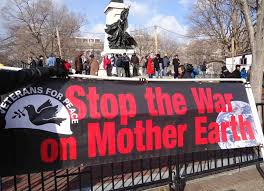
Appeal to the Peace and Climate Movements. Click Here for the Stop the Wars, Stop the Warming! call to action for the Peace & Justice Contingent of the September 21, 2014 People's Climate March.
View an informative video, Rock Solid Facts, about Fracking from Moratorium NOW! on youtube Here

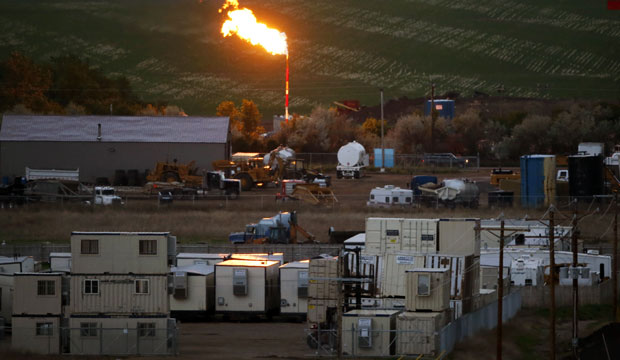
Which Picture Shows Us America’s Future?
1. www.Thesolutionsproject.org: This is a Web site by The Solutions Project, which brings you both science and policy, about how to slow and reverse climate change. It has a 50-state “Climate/ Energy Map” which shows, on a national and state-by-state basis, what we can do to have a 100% Green Economy in 30 years, a worthy goal.
2. www.Peacecoalition.org: The Coalition for Peace Action works for peace, nuclear disarmament, and climate action in that context. We show how to connect the dots among militarism, the fossil fuels industry, and changes we need to make a better, clean-energy future for the next generations. Go to the Upcoming Events pages, for information on what we’re doing about these linked issues!
3. www.Groundswellrising.com: Film all about the real risks to public health, safety of our drinking water, and threats to the land and air, from gas hydraulic fracking, as told in eight case studies, interviews with scientists, public health doctors, and activists in the anti-fracking community in Pennsylvania, New York, et al.
4. http://youtu.be/vOH1eyiy65o: “You Tube: No Fracking Way”. Debate on fracking and climate change, at the Aspen Ideas Festival: experts from Earth Justice and River Keepers, on one side, and from NY Times and the Department of Energy, on the other. Audience is polled electronically - results may surprise us.
5. http://peoplesclimate.org/peace/appeal/: “An Appeal to the Peace and Climate Movements: No Wars, No Warming”. A paper of the Peace Contingent at the People’s Climate March, in New York City.
6. Sample Letter to the Editor: “We Can Stop Climate from Worsening, Instead Make It Better”
Here are a few points we can use, in letters to local media, such as the Philadelphia Inquirer, on blogs, on social media, and to our Senators and House members:
- Climate change is worsening – but it doesn’t have to – we can make a difference.
- Co2 and methane gases are the worst greenhouse gases, scientists agree.
- We can cut Co2 emissions drastically, by switching from coal, gas, and oil, to WWS – wind, wave and solar. Methane comes mostly from gas, in both production and use, and warming seas.
- A study at Stanford University has shown that both New York and California could go “all green” on energy by 2045. Pennsylvania could do the same. See, www.Thesolutionsproject.org
- Gas fracking is touted as clean energy, but there are 243 complaints of contaminated water and air, leading to health problems and serious illness and injury, in Pennsylvania alone. And it leaks methane gas, 20 times more potent as a greenhouse gas, than even Co2.
- Nuclear energy has its own problems, especially untreatable toxic waste, which lasts millennia, and can be converted to nuclear weapons, if unsafeguarded.
- The way to prevent further damage to our health, air, water, and climate, is to go all the way with wind, water, and solar energy.
De Blasio: Fracking Poses 'Too Much Danger To Water Supply' In New York
posted by the Huffington Post
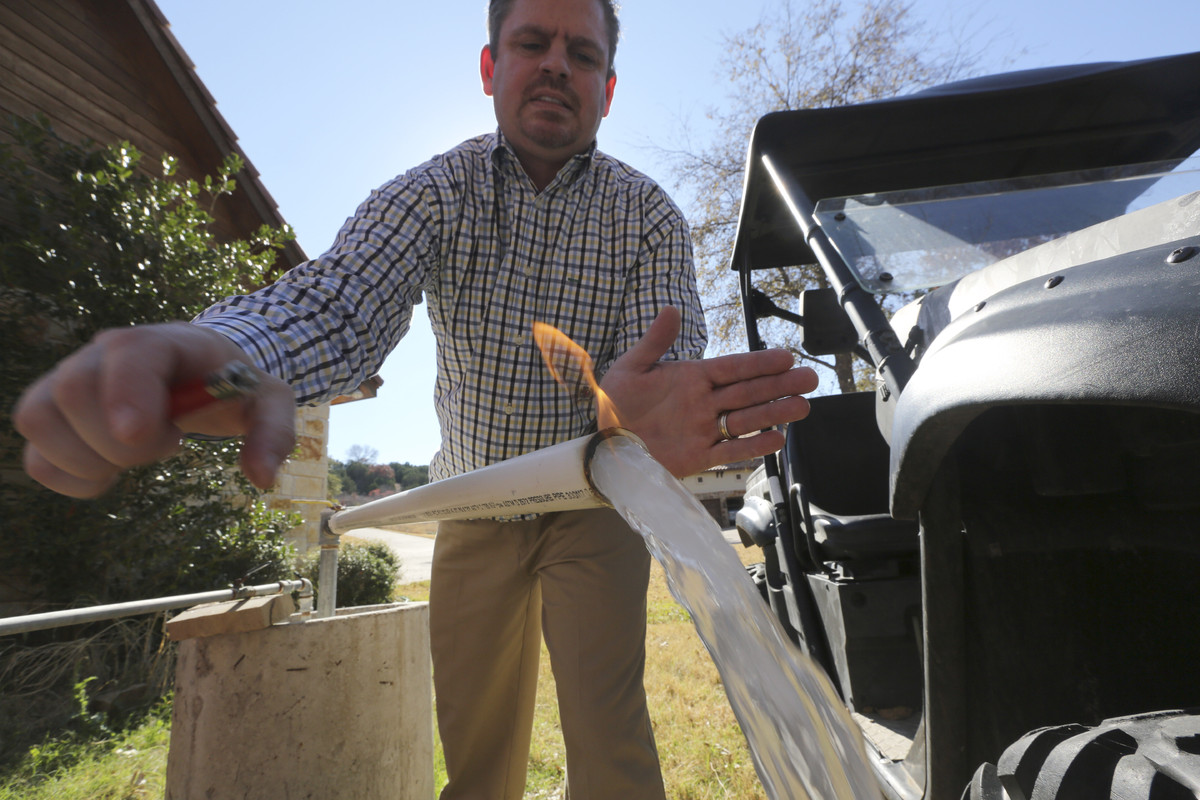
(To view Full Slide Show of pictures from this article Click Here)
Speaking to reporters in Washington, D.C. Thursday, Mayor Bill de Blasio voiced his "firm" opposition to hydraulic fracturing, otherwise known as fracking, in New York state.
"I don’t see any place for fracking," de Blasio said following a speech at the U.S. Conference of Mayors. "The science simply isn’t reliable enough. The technology isn’t reliable enough. And, there’s too much danger to our water supply, to our environment in general." (To read complete article Click Here)
Notes from 350 Philly/Action Follow-Up Conference to the Sept 21, 2014 Peoples Climate March/October 7, 2014:
1. Everyone was excited about the size, scope, and unity of the People’s Climate March, with 400,000 people. Good turnout at the Philly meeting, 10/07. We heard a report-back from “inside the U.N. Conference” held on 9/23. This was an optimistic report, emphasizing positives, including that all attending pledged to “move forward” in Lima, Peru (Dec. 2014) and again in the 2015 Conference in Paris, which we hope will lead to an actual climate action treaty.
2. Problem is, (a) President Xi of China was not there; (b) only voluntary commitments were made, nothing binding; (c) there was no conclusive action on the Green Climate Fund; so far, only Germany has fulfilled its commitments.
3. We had a general session, and many people spoke from different organizations. This was the most useful part of the meeting. Mark Lichty, of Groundswell Rising, spoke very well. People from Earth Justice, Sierra Club, 350 Philly, and others all spoke up, as did I for CFPA. I spoke briefly about the www.thesolutionsproject.org Web site, and its valuable breakdowns on “the 50-state solution” for clean, renewable WWS (wind, wave, and solar-based) energy. We pointed to our www.peacecoalition.org site’s page on “No Wars, No Warming” information, and the upcoming conference with Amy Goodman and Naomi Tutu in our literature, which we distributed. As we know, Amy has been a serious student of this crisis, and its relation to war and peace, as has Desmond Tutu, Naomi’s father, Episcopal Bishop of South Africa.
4. We then broke out into 9 groups about dirty energy, “green buildings”, community actions, etc. etc. Unfortunately, I had to leave before the conclusion; we will get reports from others who attended.
5. Conclusion: We have been good at getting out critiques of fracking, etc., and the public is getting familiar with them. Now we have to develop and demonstrate a positive sets of actions, for the next 10, 20, and 30 years, that will actually make possible a Green Energy Future, without wars for oil and empire, without dirty fuels to foul our air and water that warm our climate beyond repair.
6. In PA in particular, we need to engage the next administration. Tom Wolf is favored to be elected governor of Pennsylvania, and he is being told right now by the fossil companies that “natural gas, and a New Pipeline from the Marcellus Shale fields, down to South Philly refineries for L.N.G. (liquefied natural gas)” are the wave of the future. If this stands, then they will win for a generation, and will effectively neutralize any positive steps for relief of the climate crisis. The Pipeline Project will come up for approval during his first year in office. It will claim to be for energy independence—instead, it will allow PA to produce more gas for export, while we reap the environmental damage. The immediate goal needs to be to stop this Pipeline Project, and this cruel charade of energy independence.
7. This week, we have followed up, in preparation for a projected conference in the spring, likely in Bucks County, on Green Futures for a Peaceful Planet. This would be a conference which we co-sponsor with other green groups, such as 350 in Bucks and possibly Philly, and many allies. The Bucks, Philly, and Princeton Offices would all be involved, in planning and promotion of spring events on this. More as it develops!
Notes by:
Ed Aguilar
Pennsylvania Director,
Coalition for Peace Action
1515 Cherry St., Phila., PA 19102
eaa.pna@gmail.com
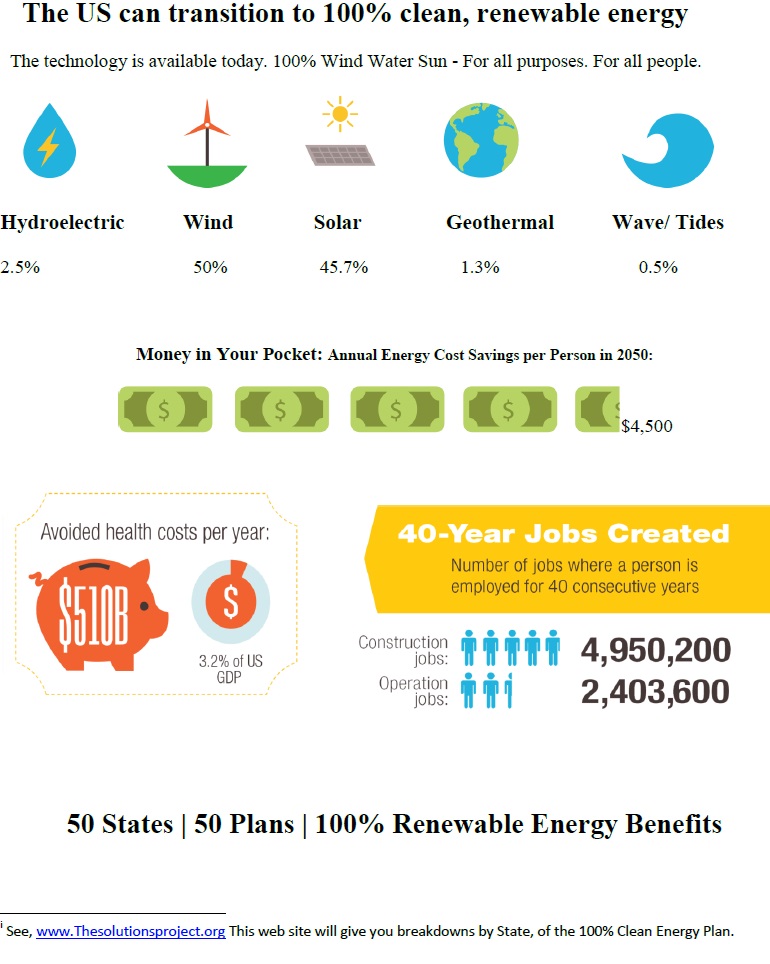
For more information on the Peace Coalition and climate change, or to get involved, please contact Ed Aguilar, at eaa.pna@gmail.com. About showing Groundswell Rising, please contact Mark Lichty, at mlichty@ptd.net. Thanks!
http://www.dailykos.com/story/2016/12/4/1607205/-In-huge-victory-for-Standing-Rock-Sioux-Army-Corps-of-Engineers-deny-easement-for-pipeline?detail=email&link_id=3&can_id=2fa30310f851b05b2f239a6fb2a2ed89&source=email-breaking-news-standwithstandingrock-victory&email_referrer=breaking-news-standwithstandingrock-victory&email_subject=breaking-news-standwithstandingrock-victory
Our Mission
The Coalition for Peace Action (CFPA) is a grassroots citizens' organization bringing together people of all ages, backgrounds, professions and political persuasions around three goals: global abolition of nuclear weapons, a peace economy and a halt to weapons trafficking at home and abroad.
40 Witherspoon Street, Princeton, NJ 08542
(609) 924-5022 | Send an Email

